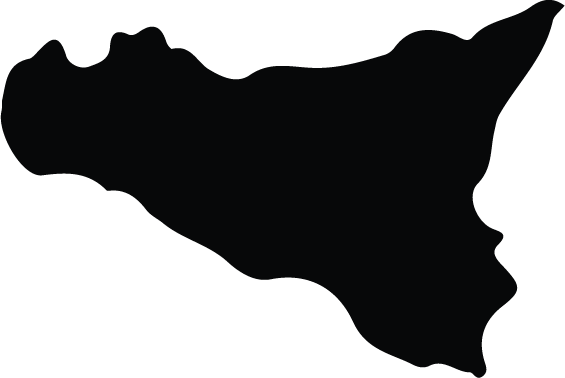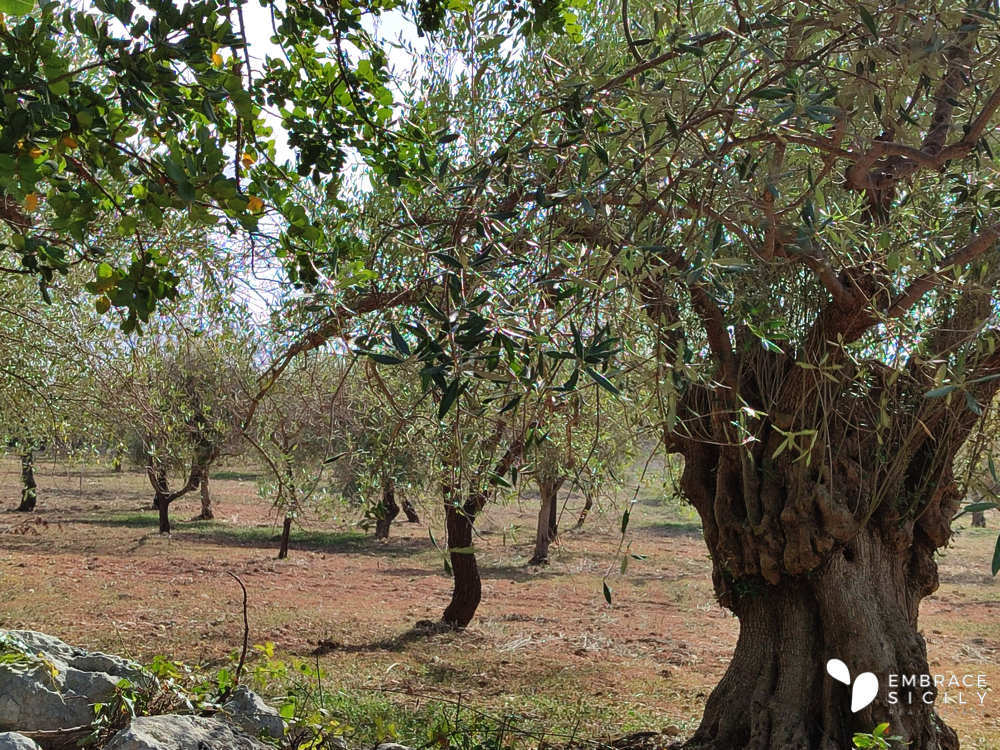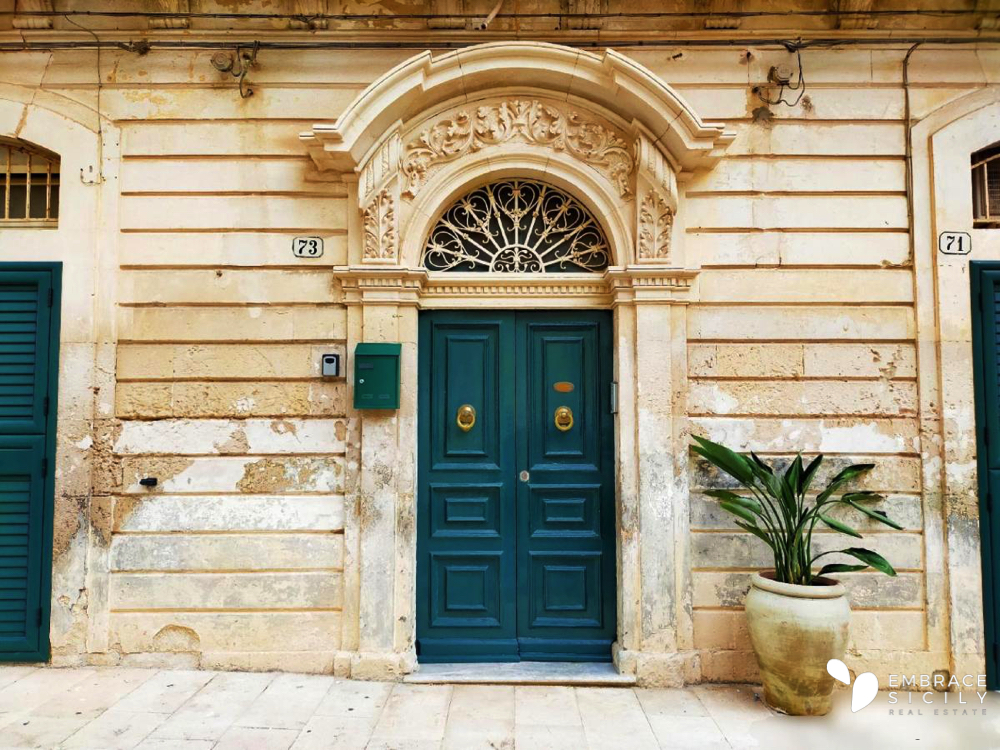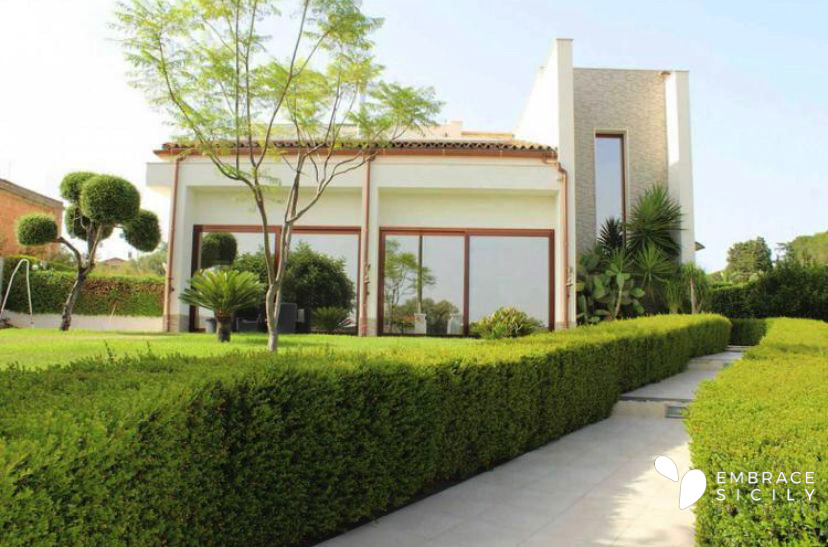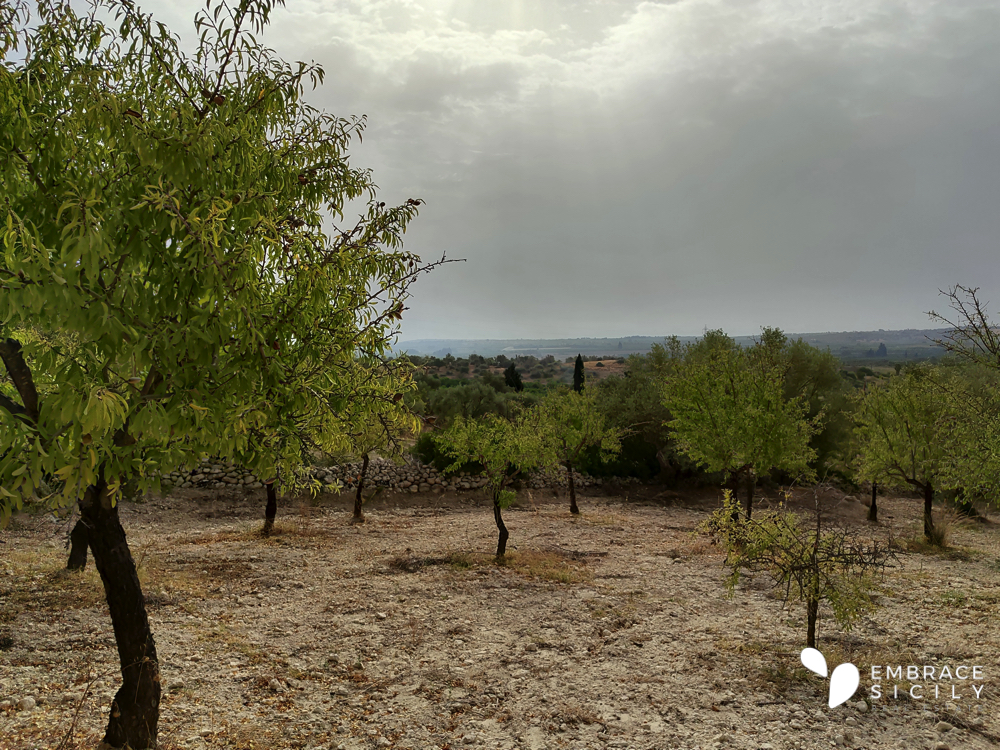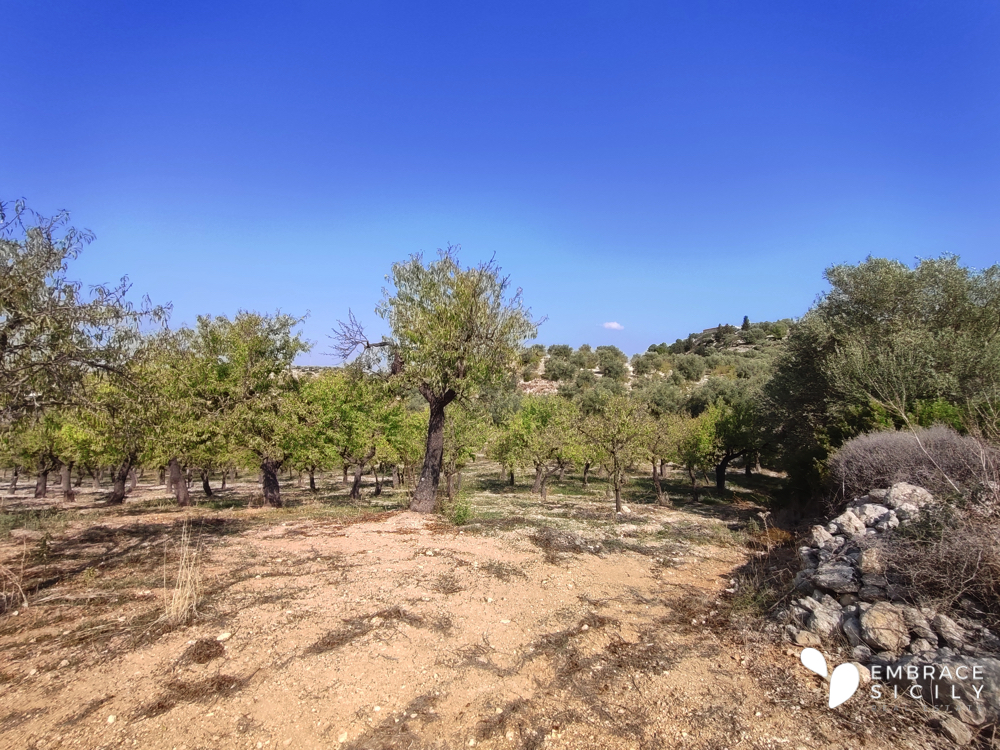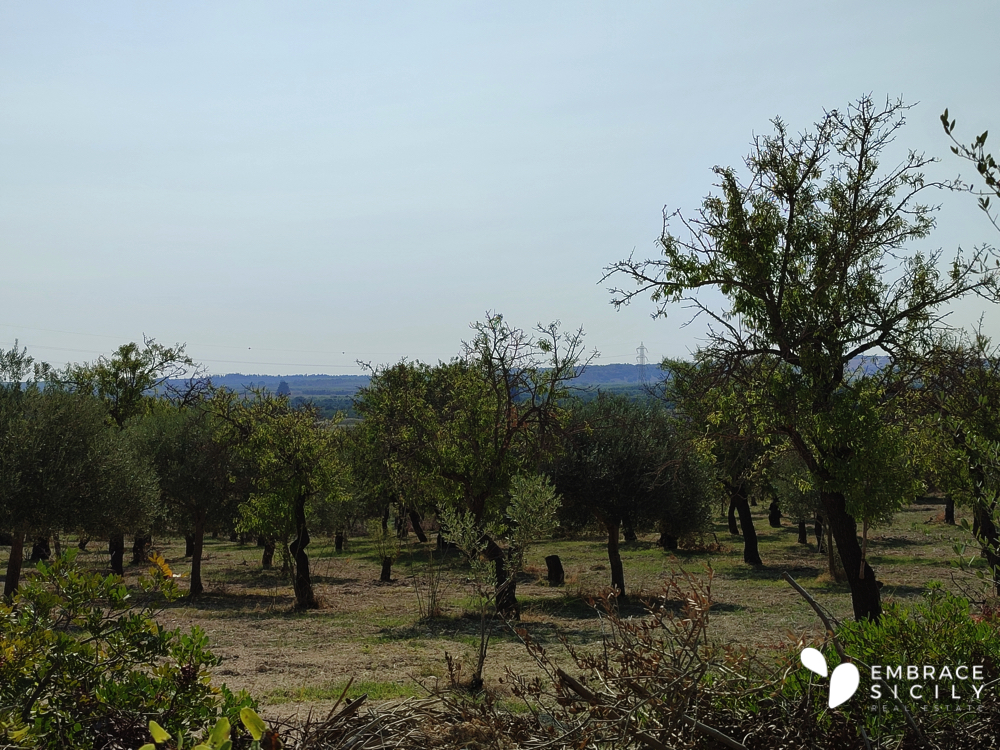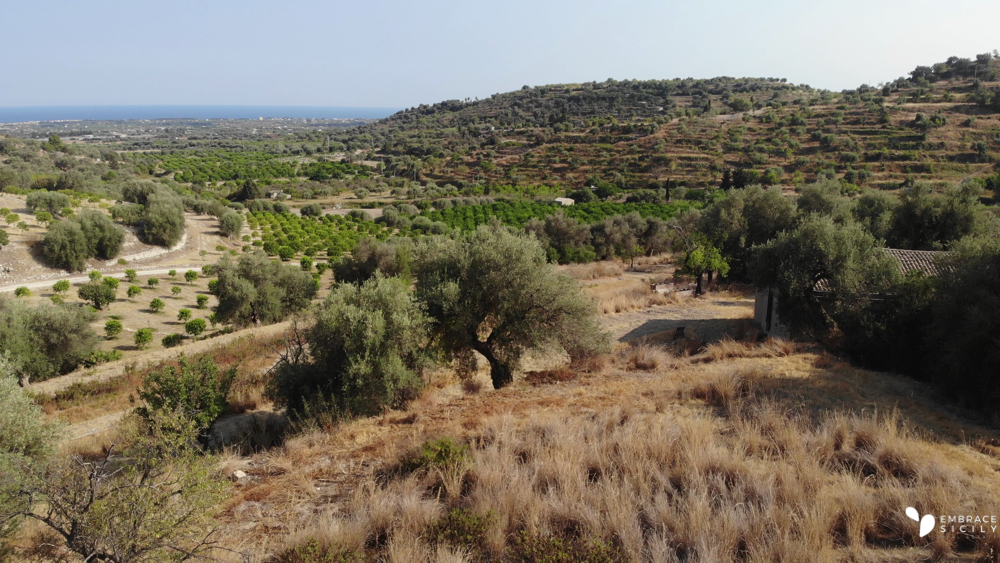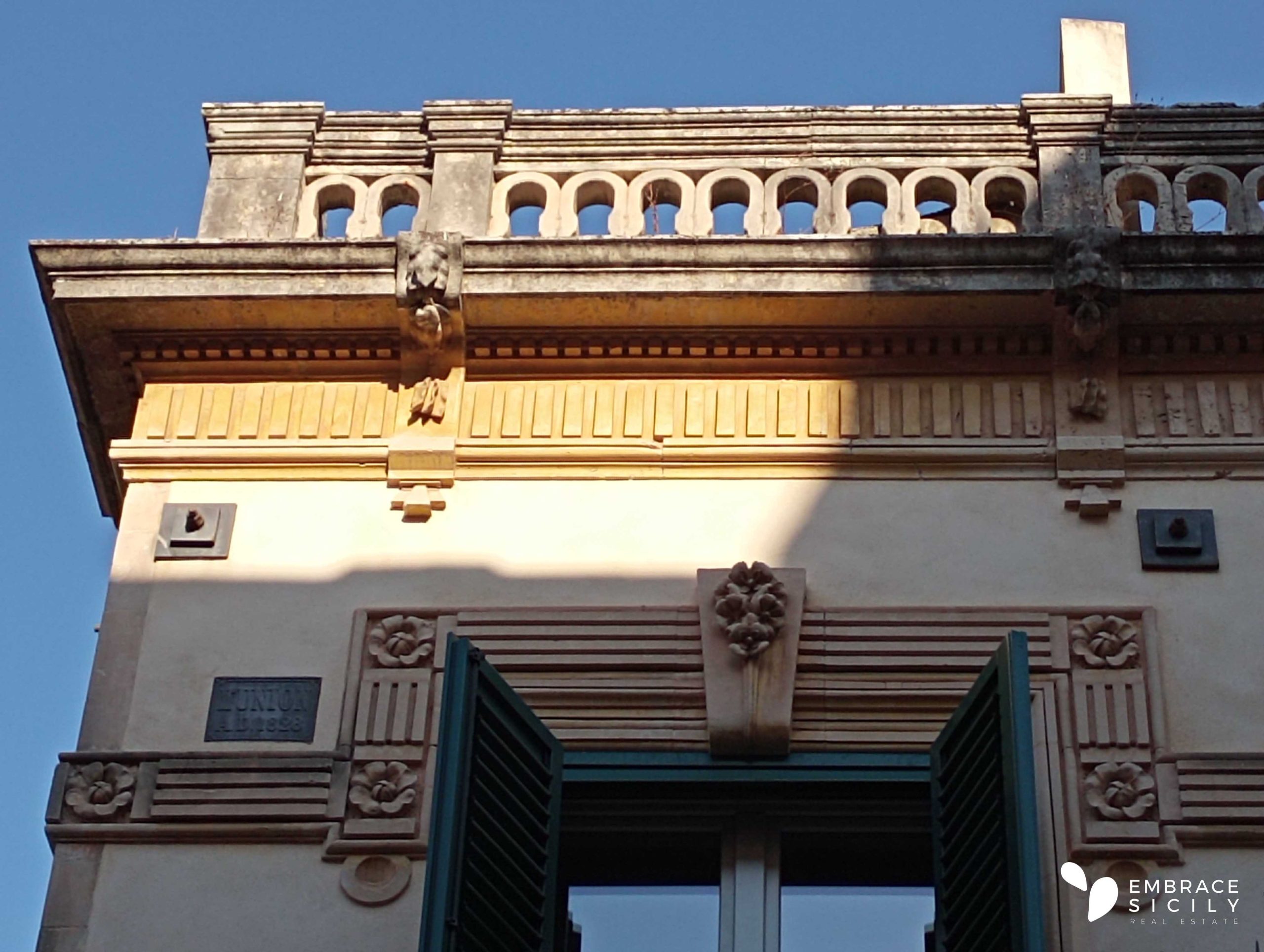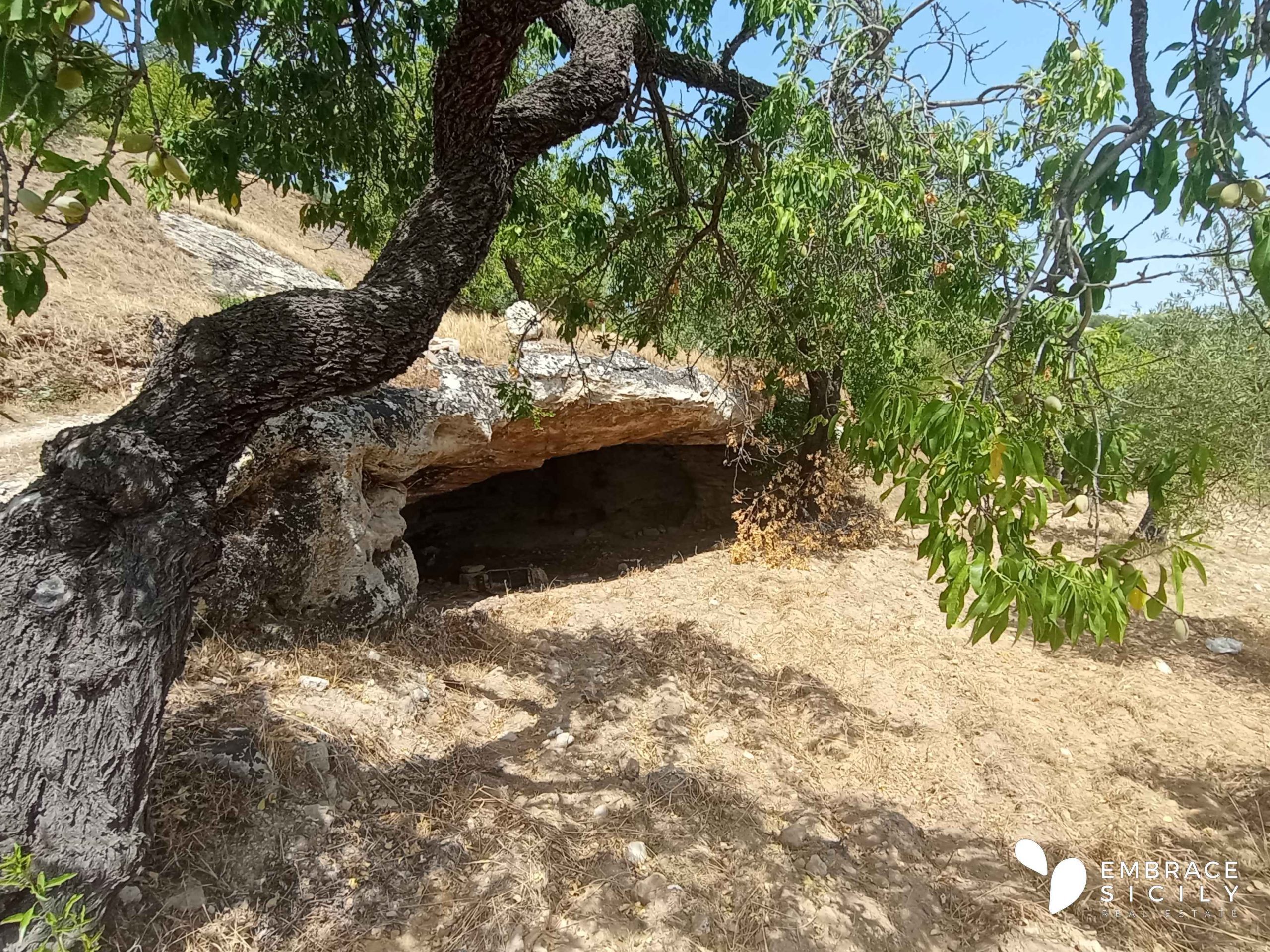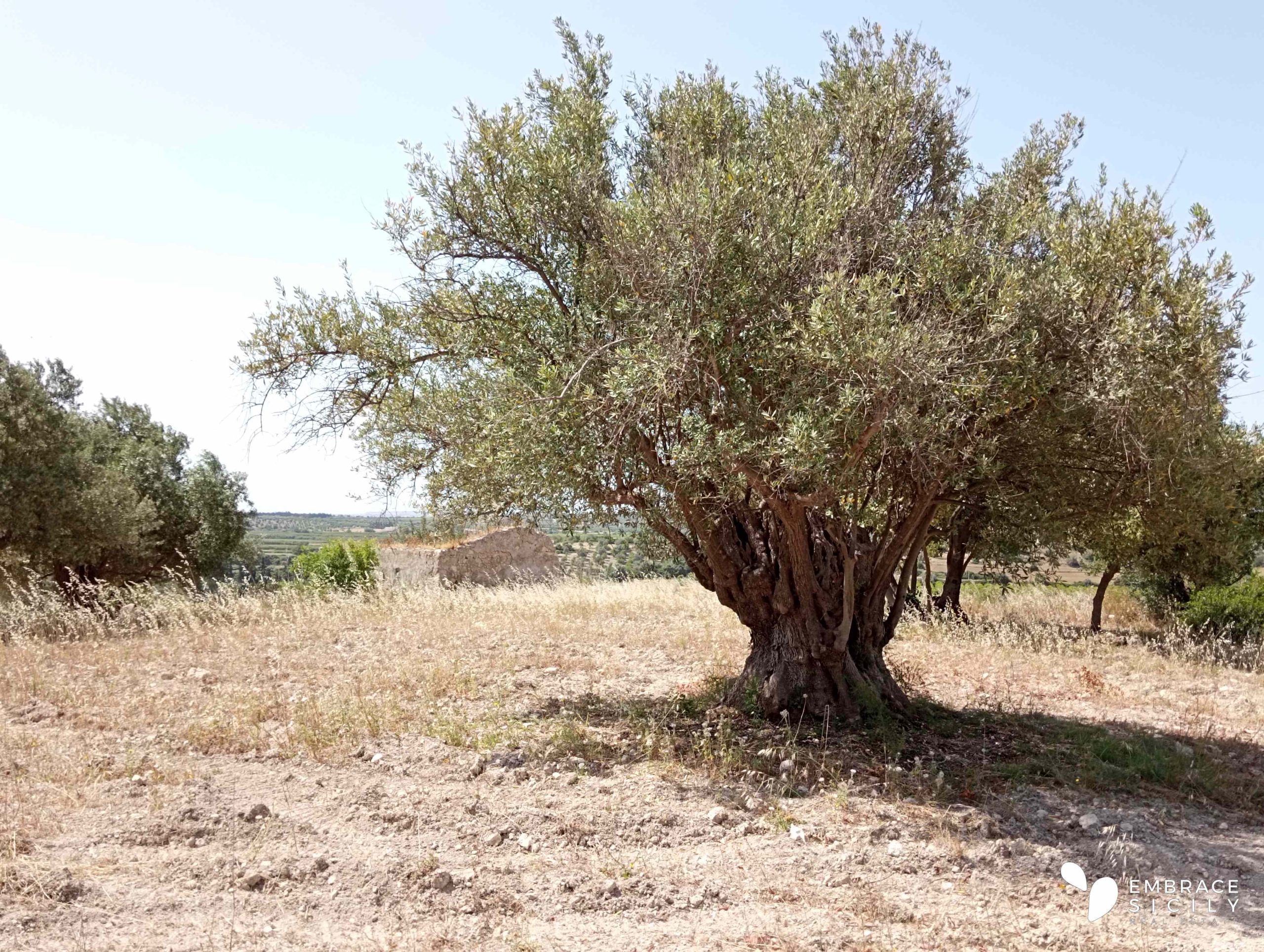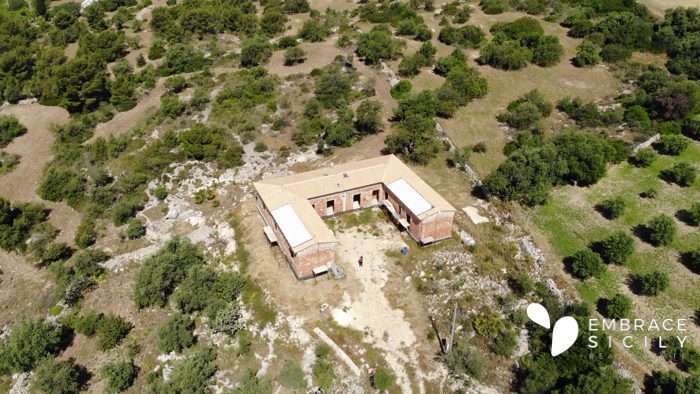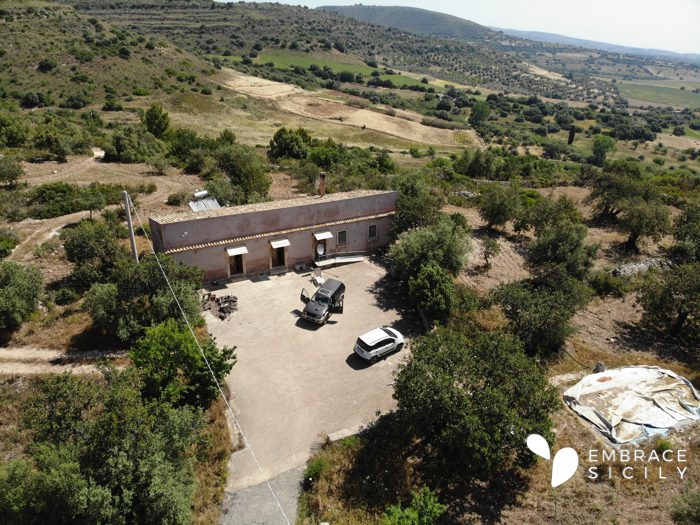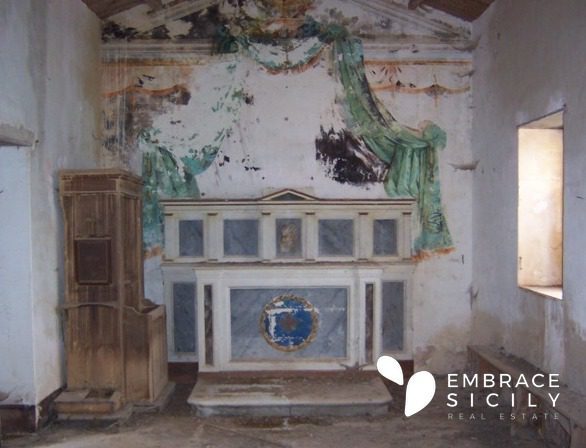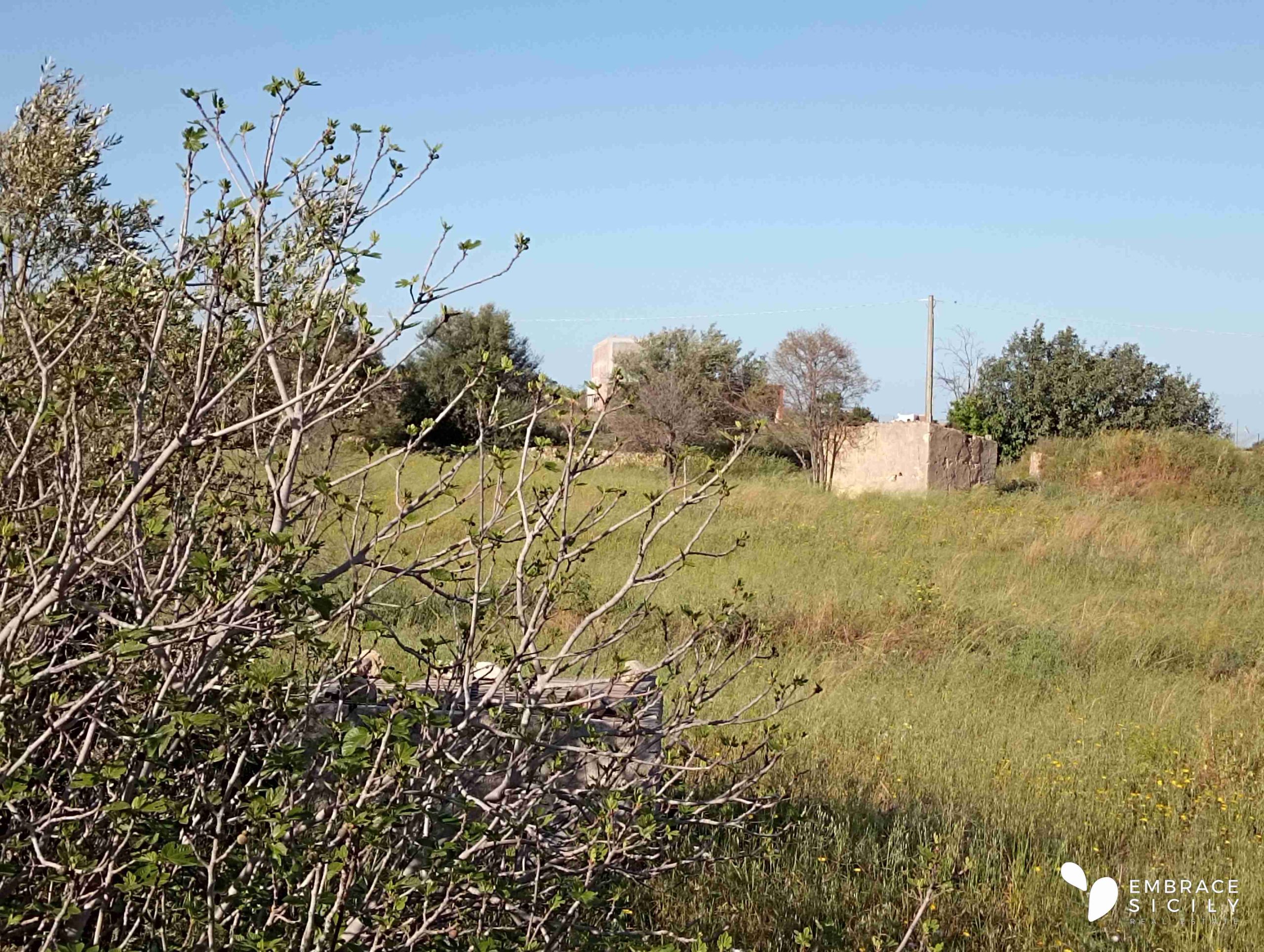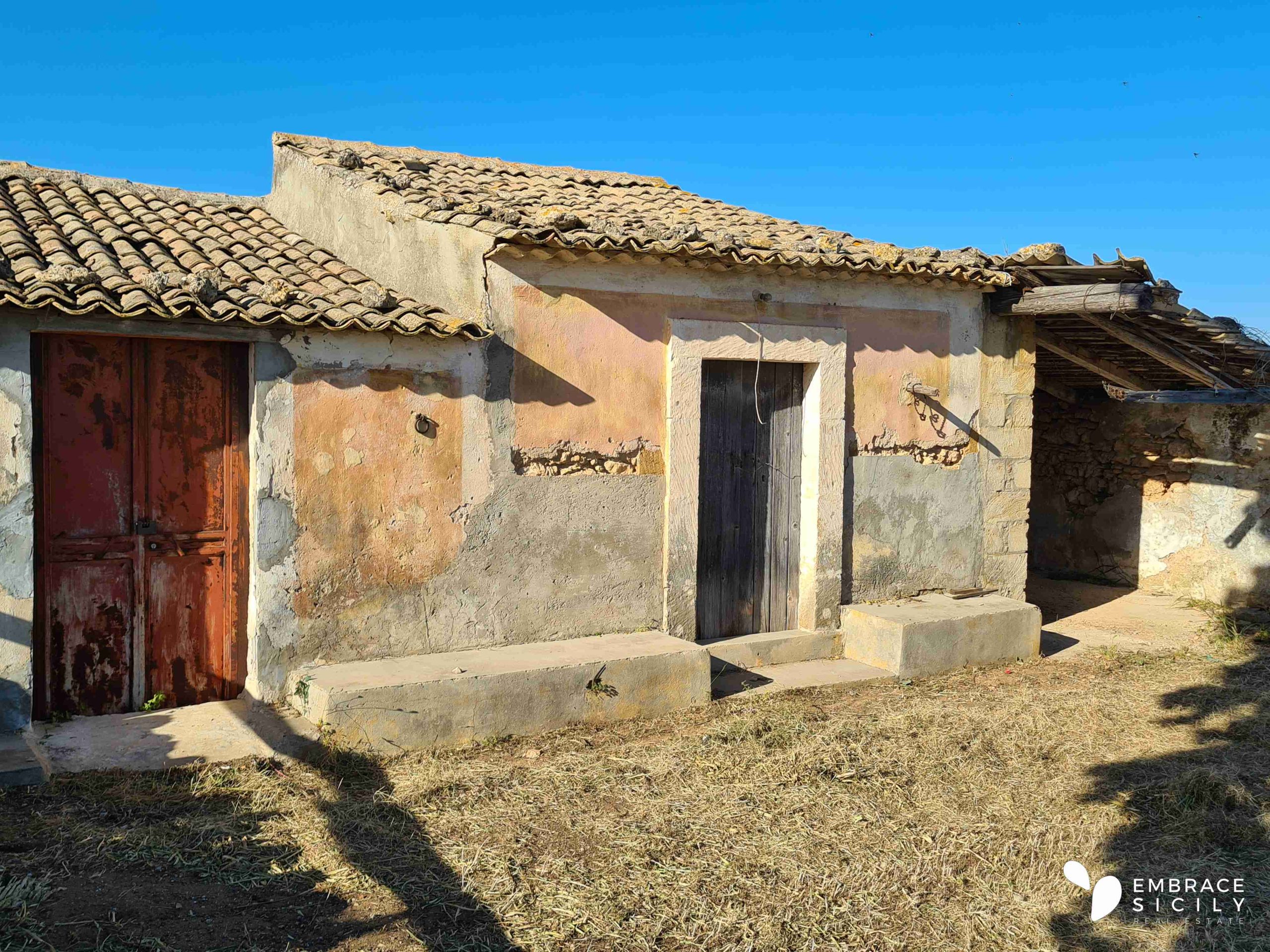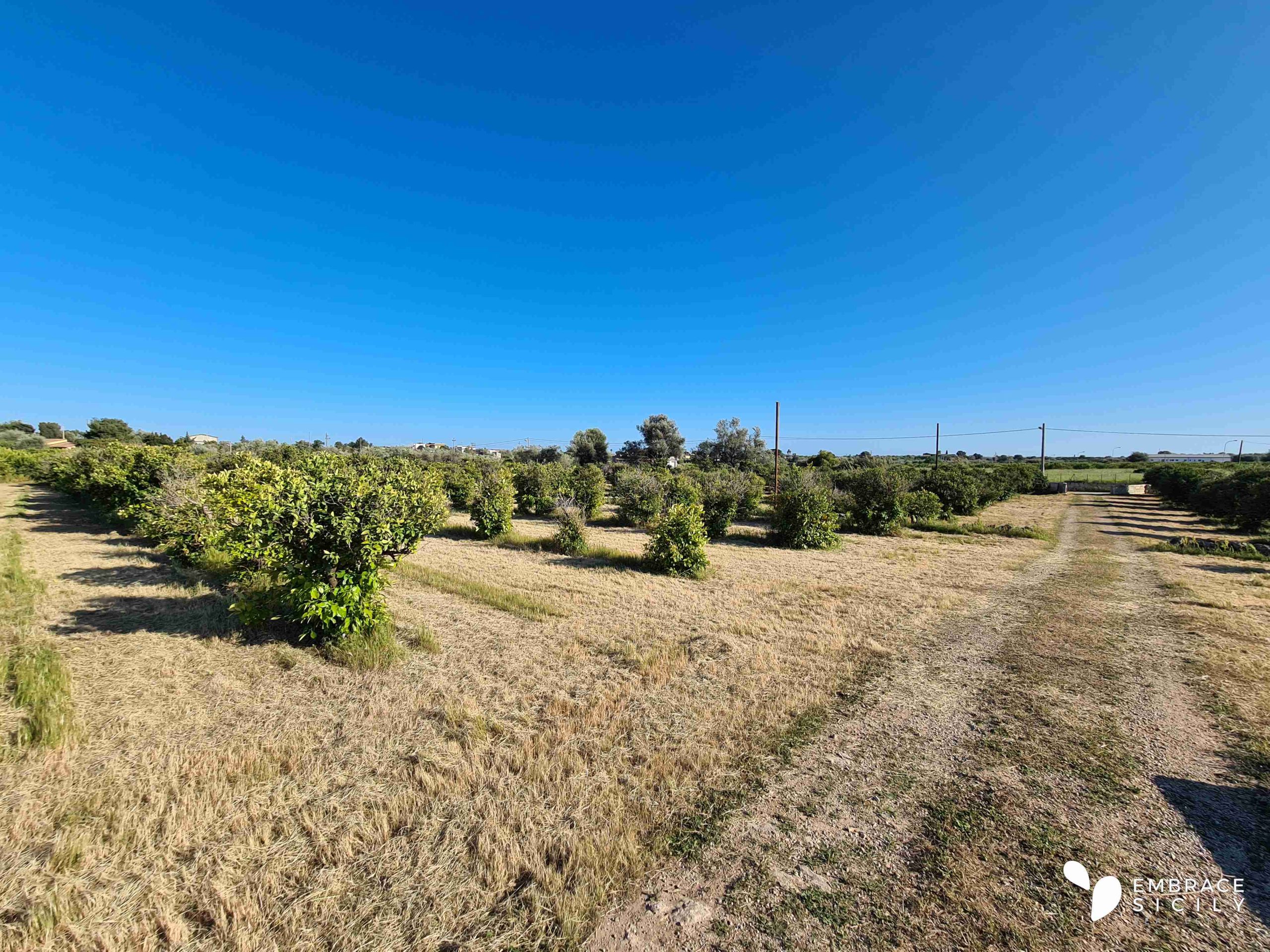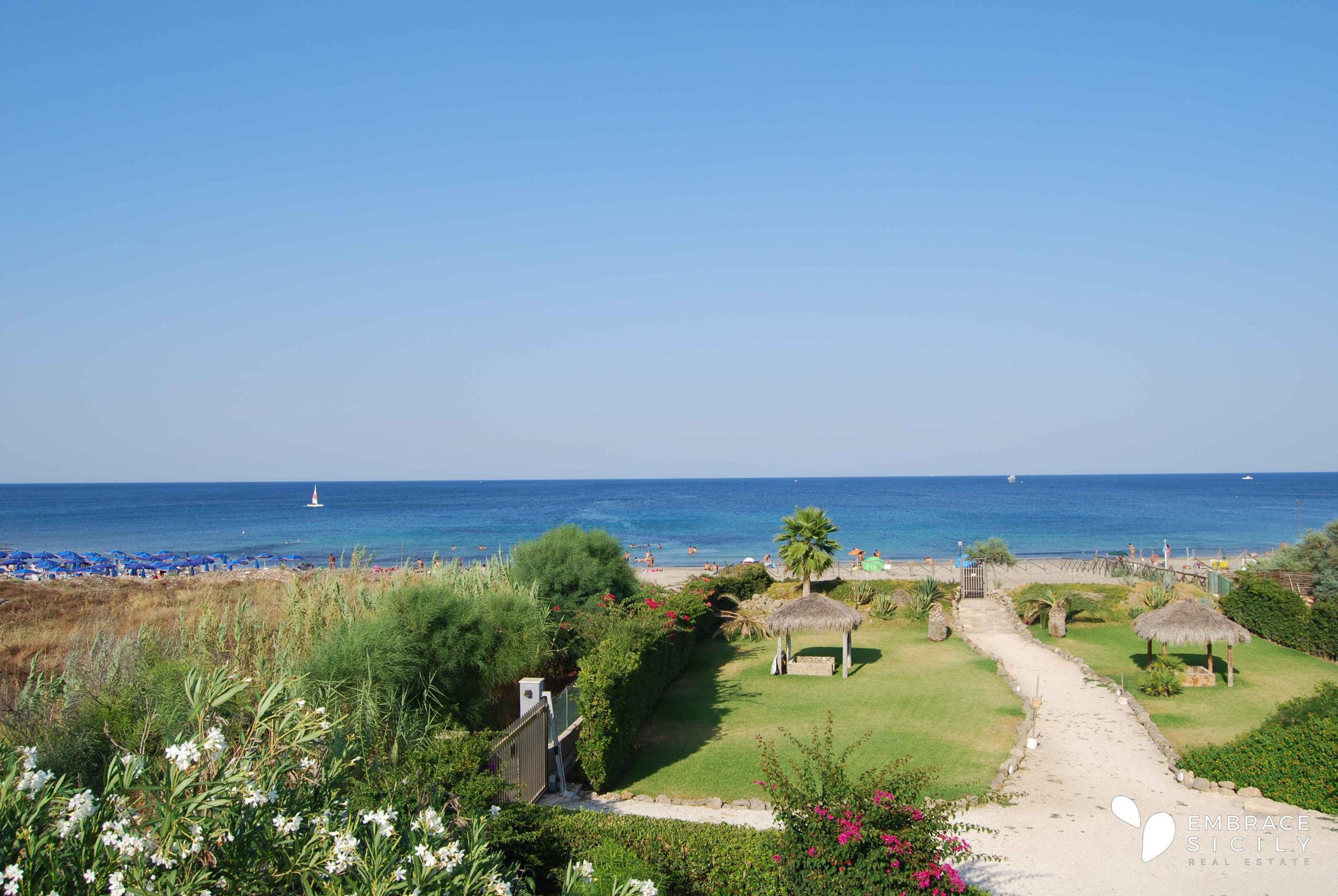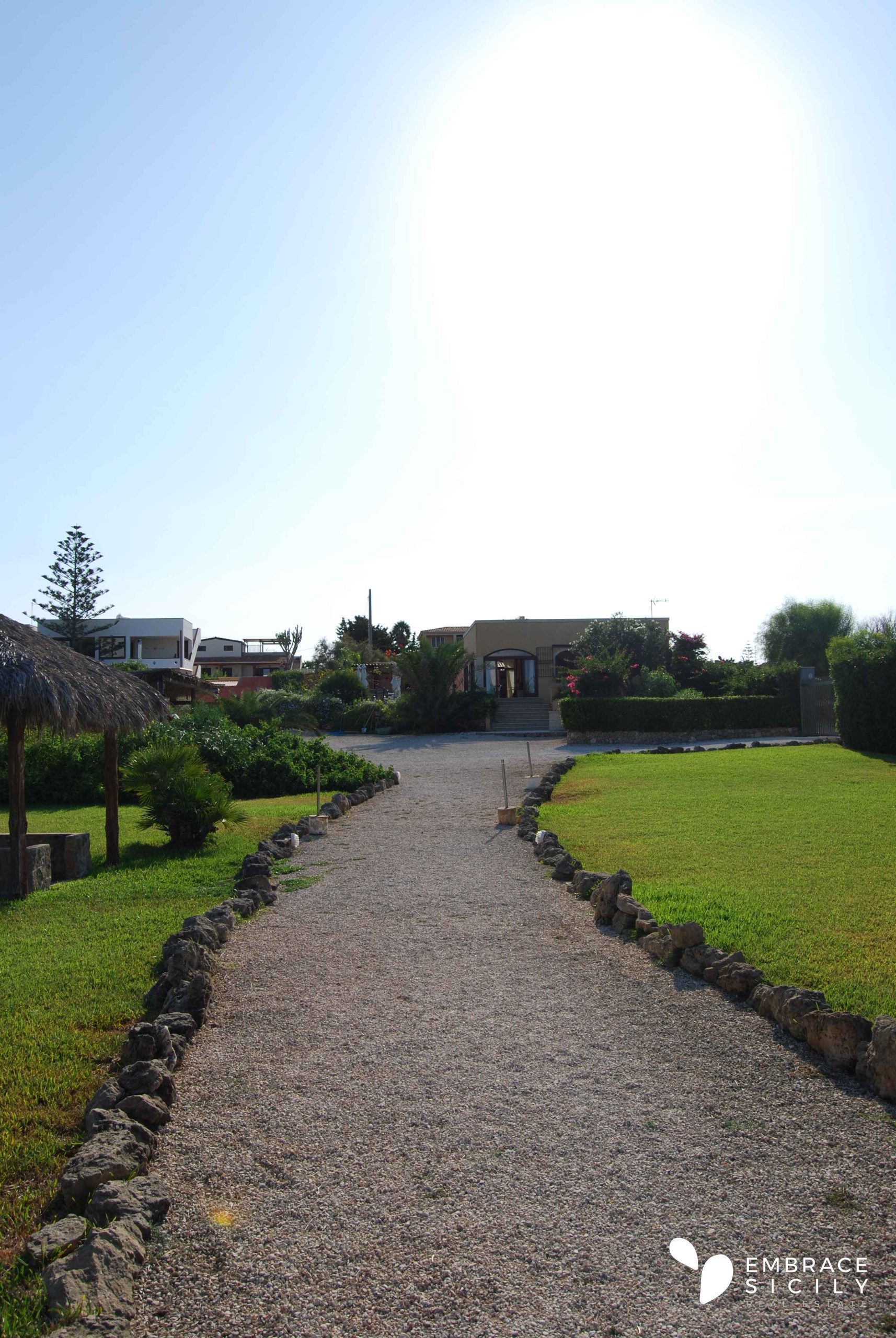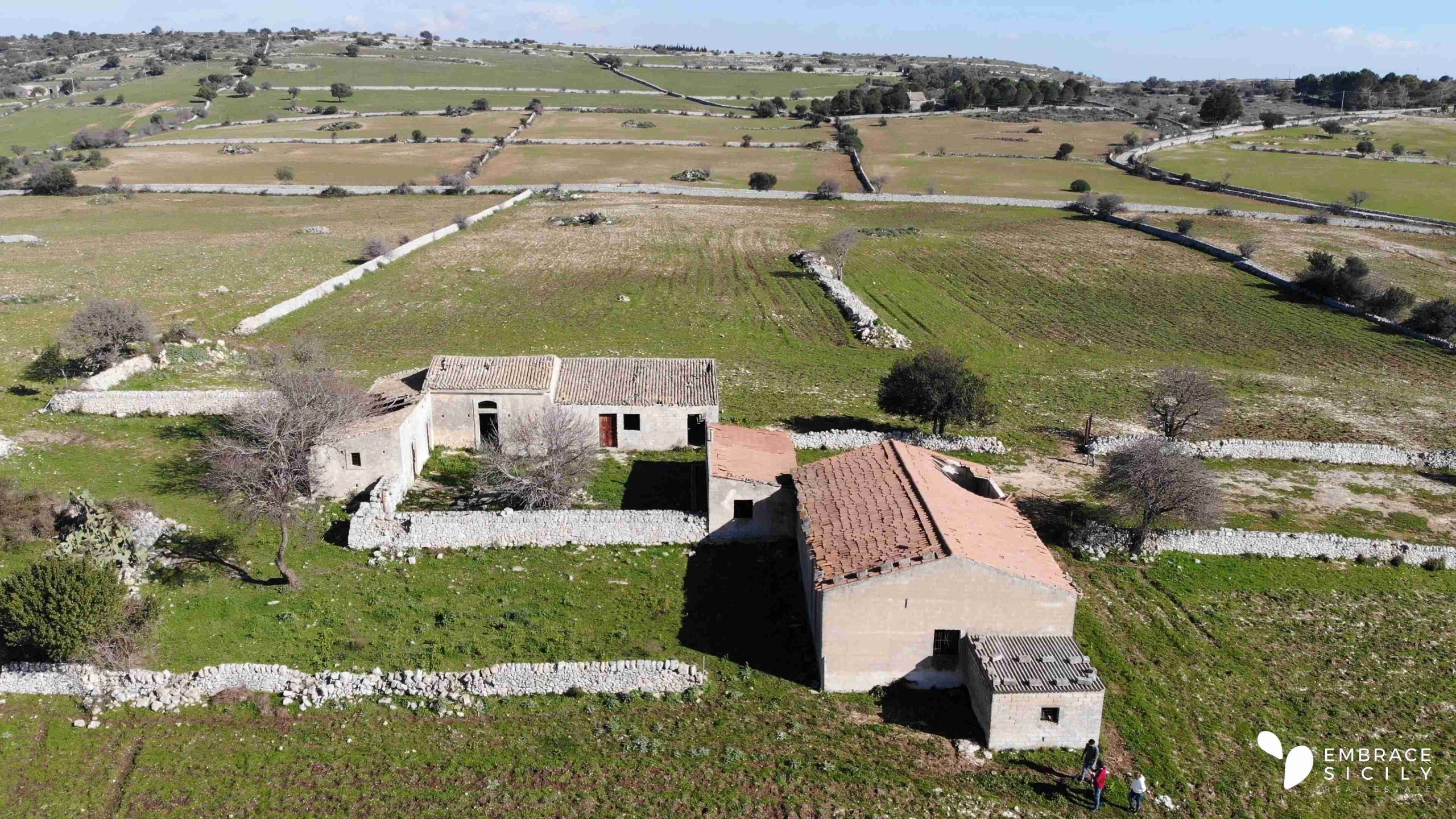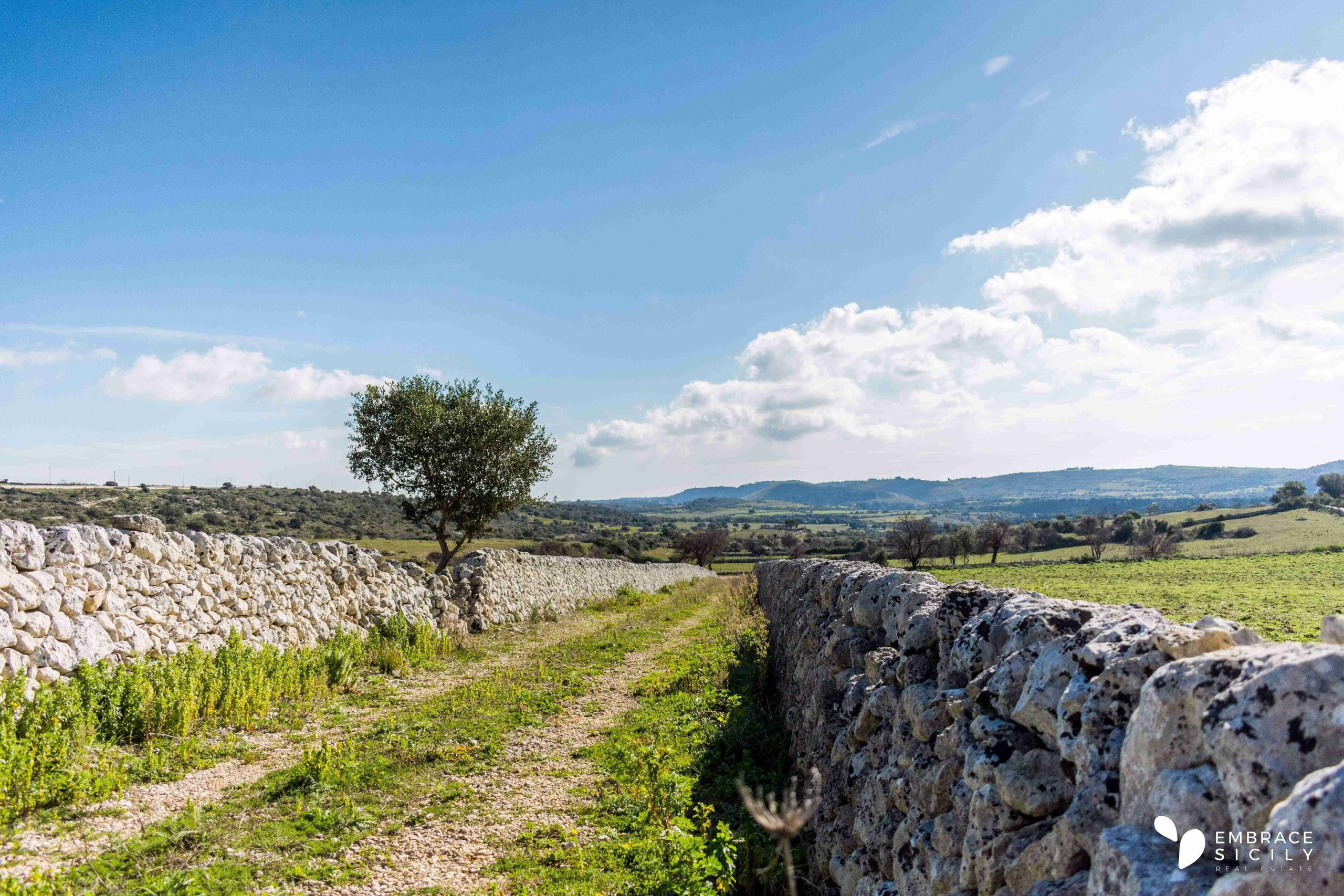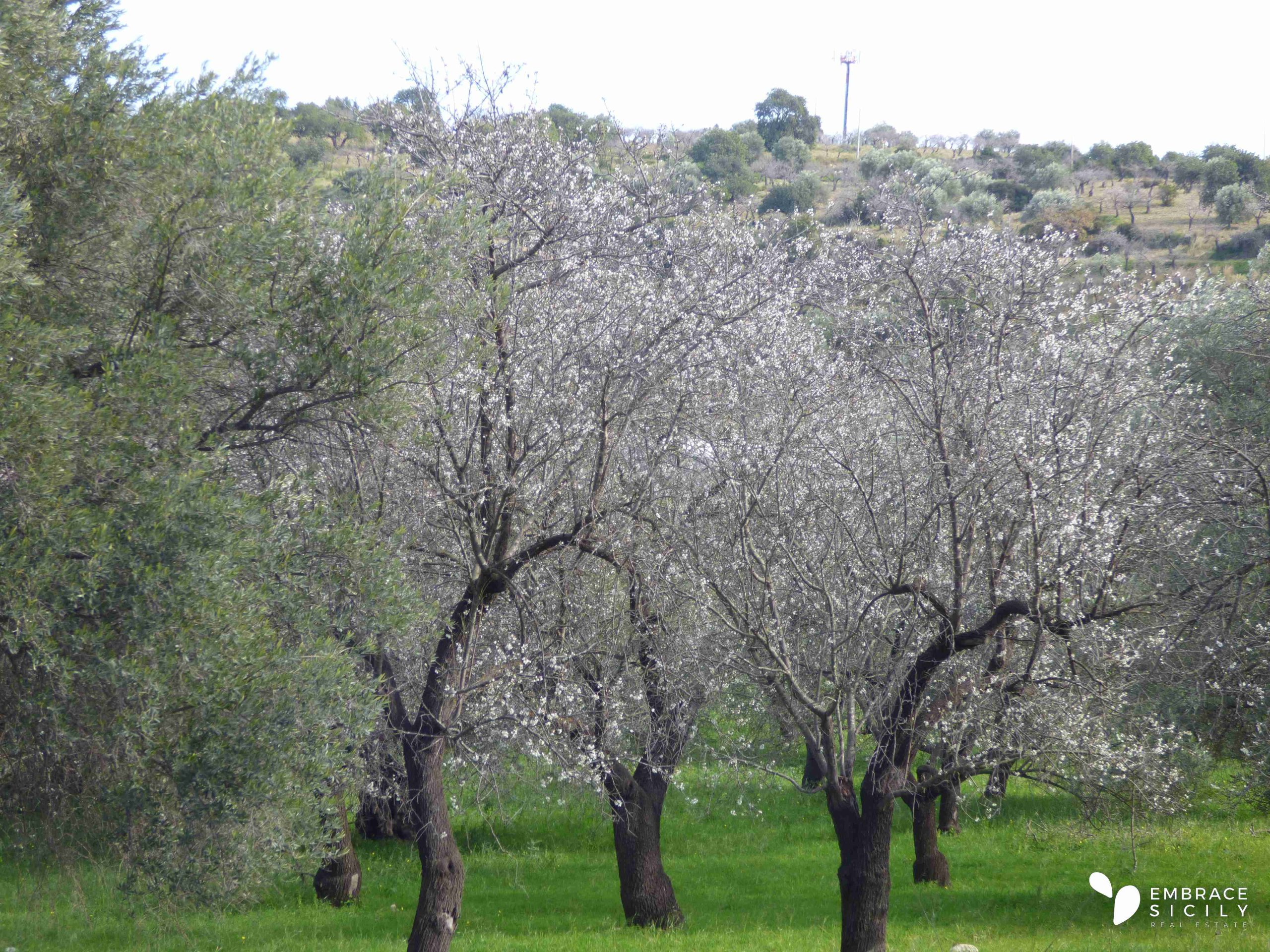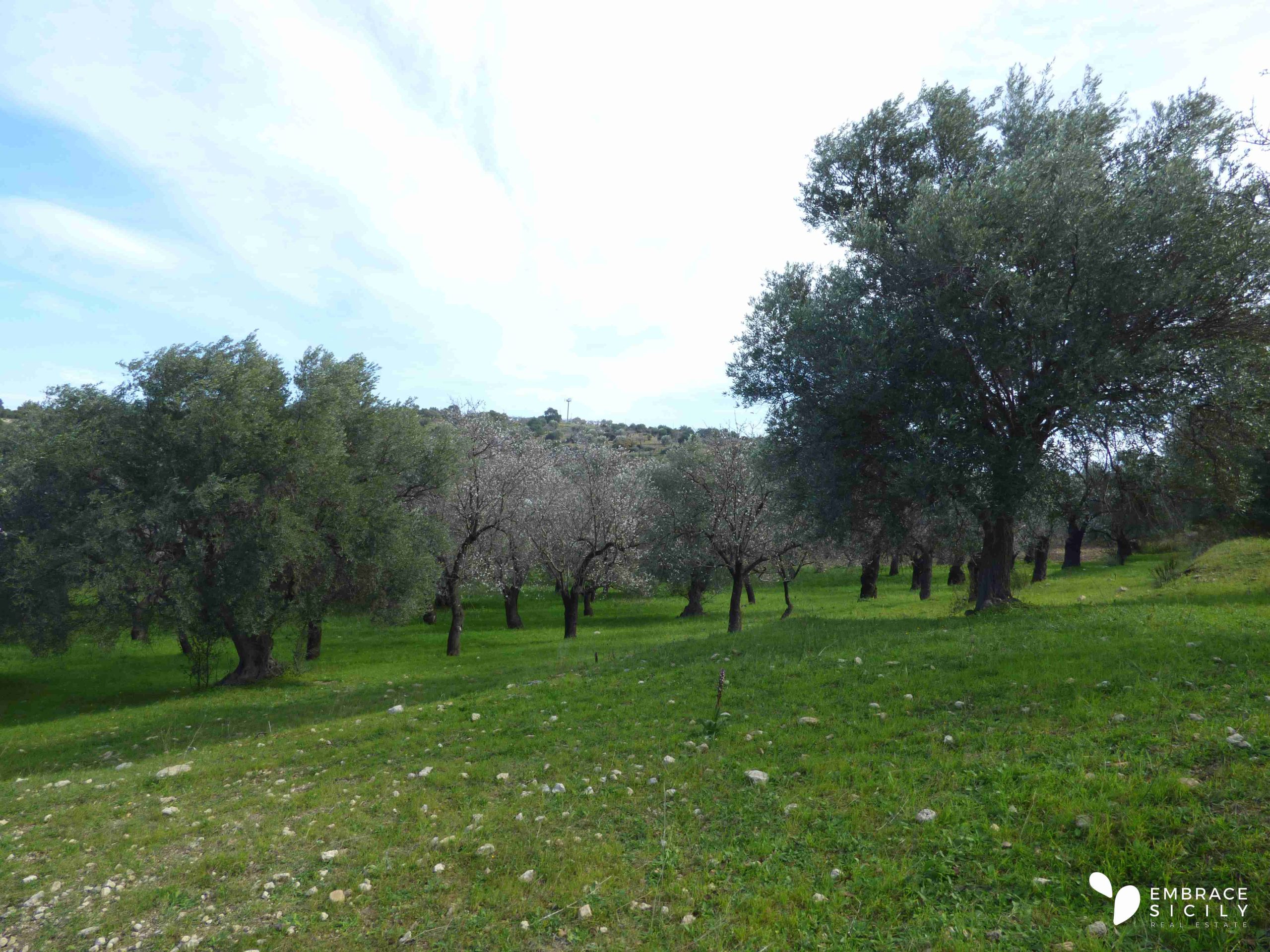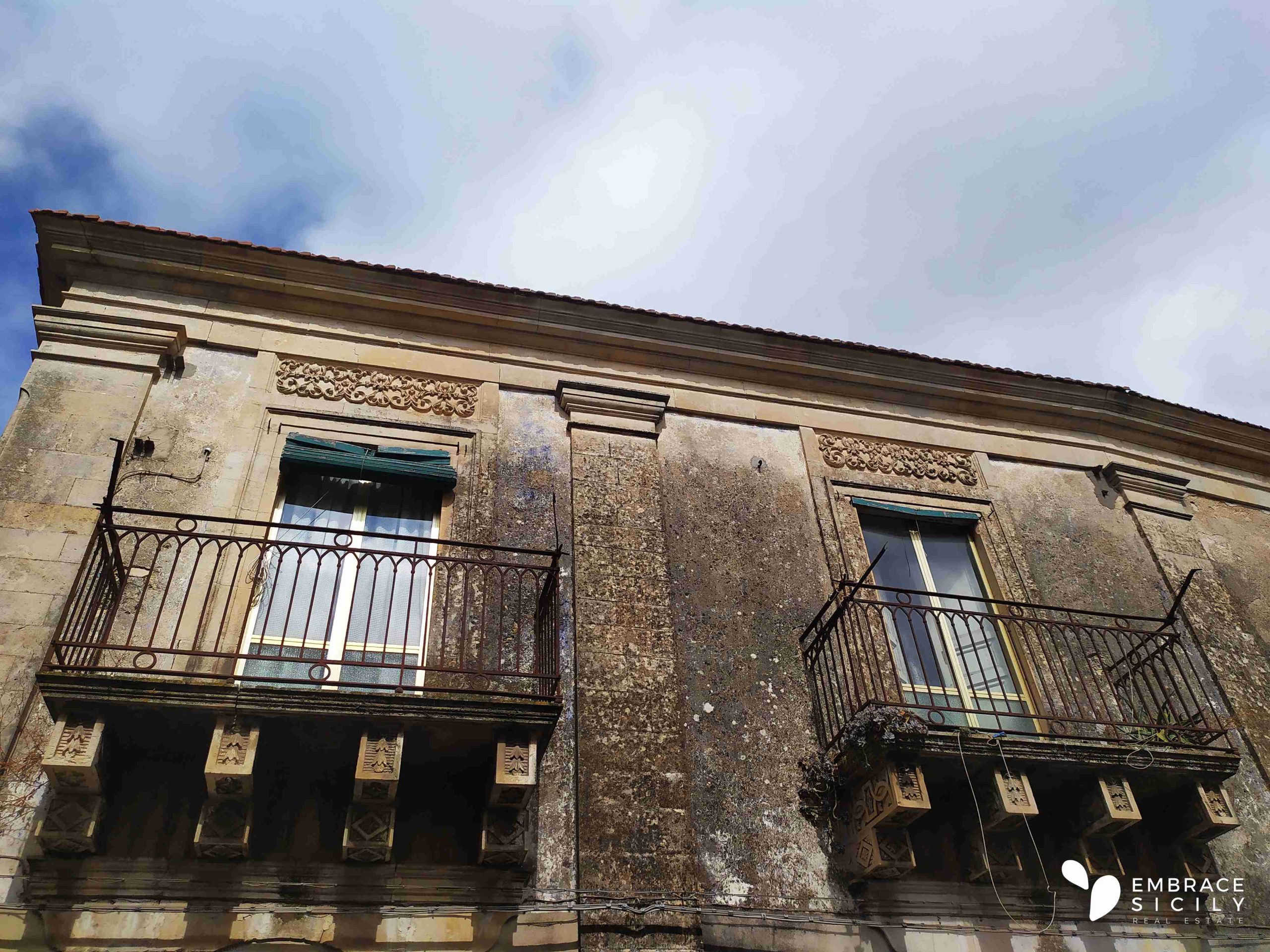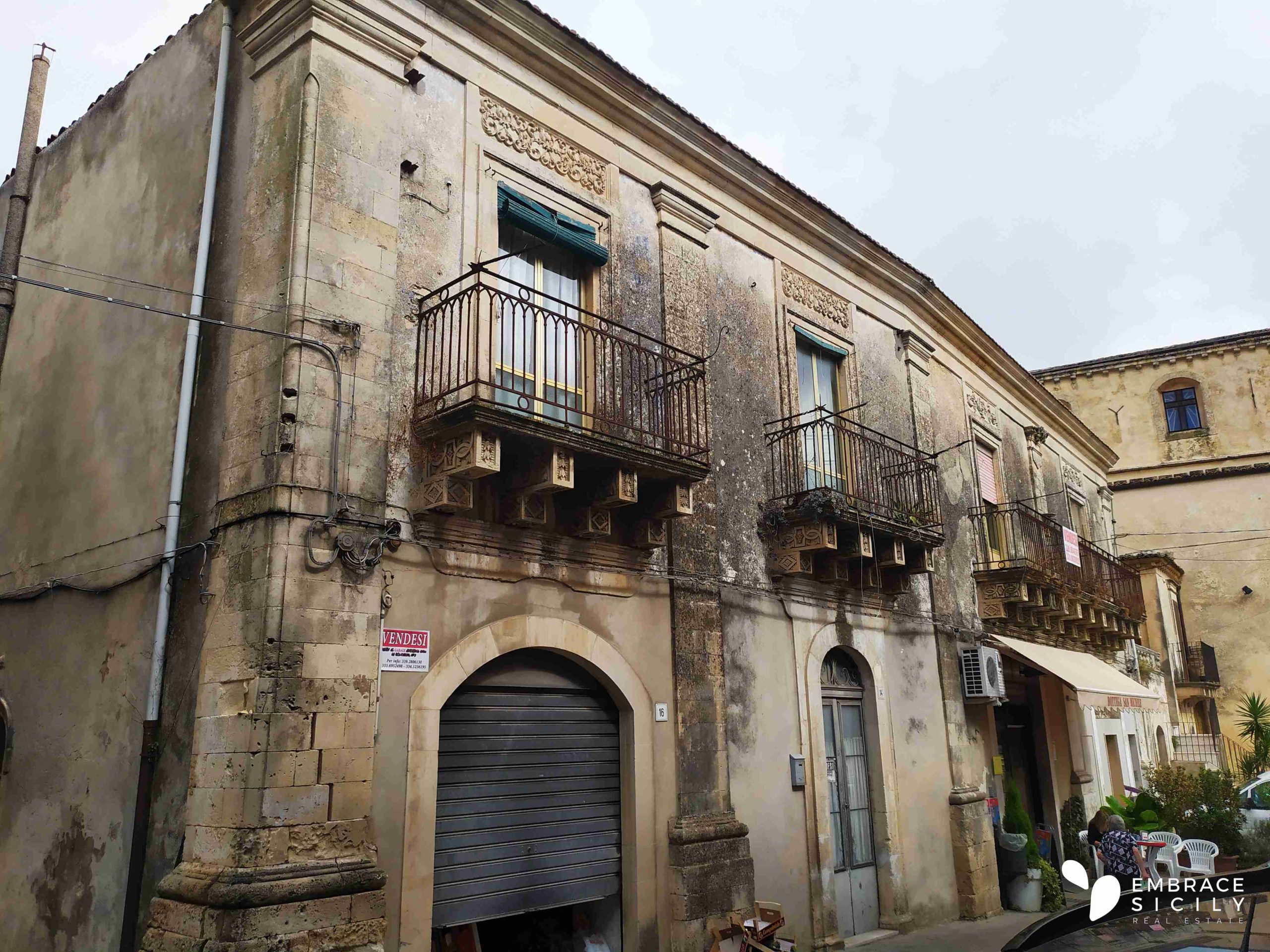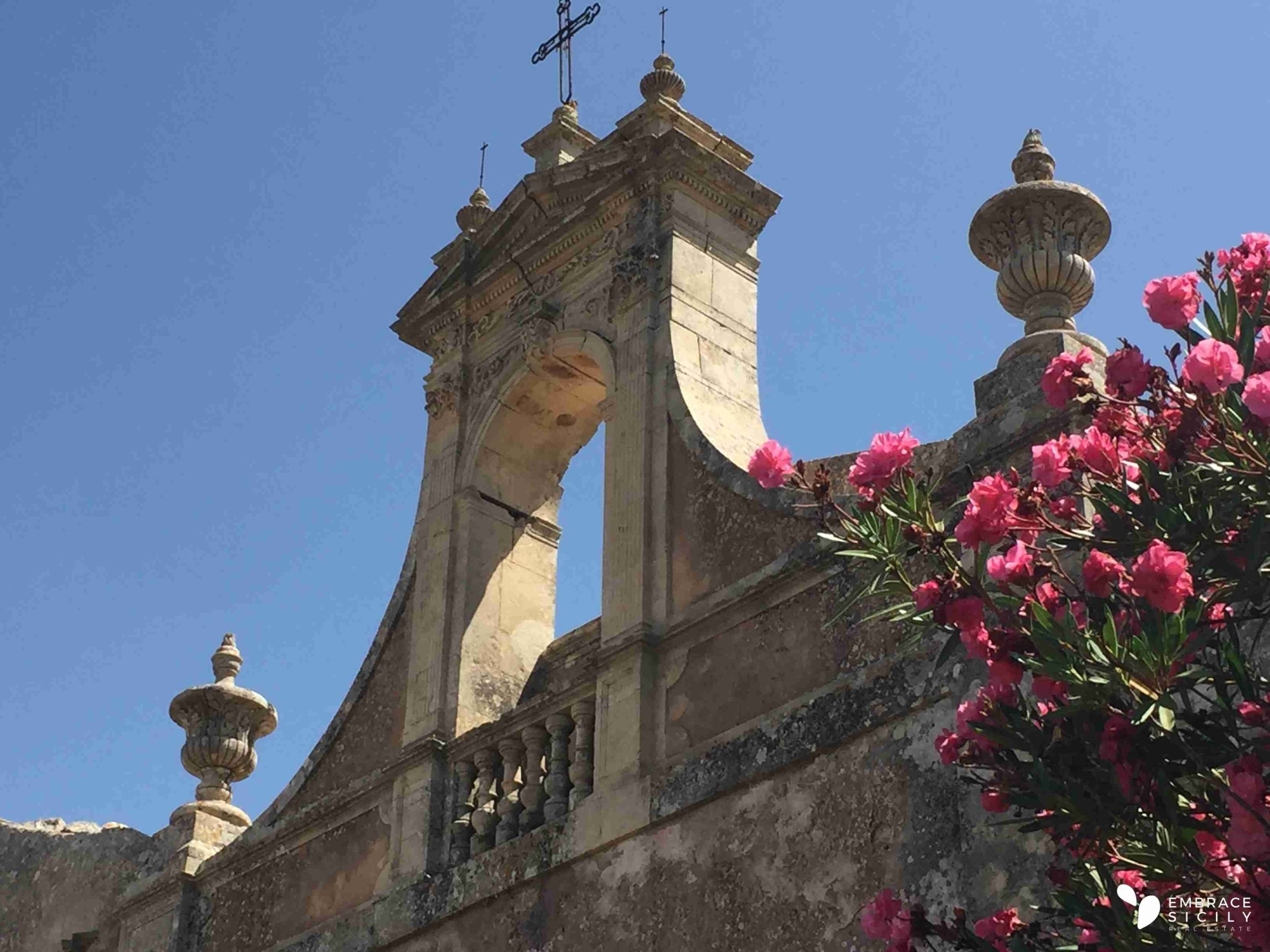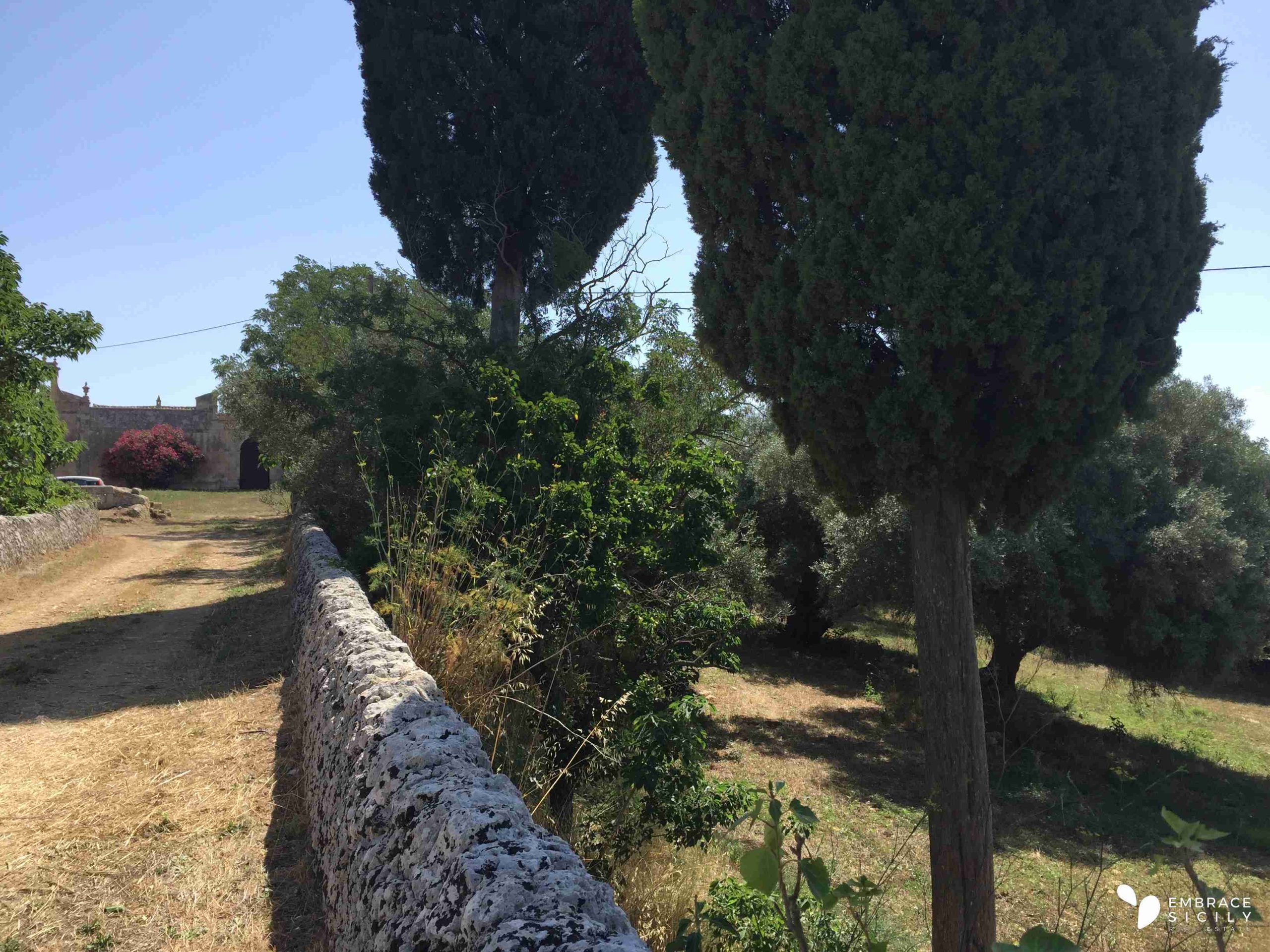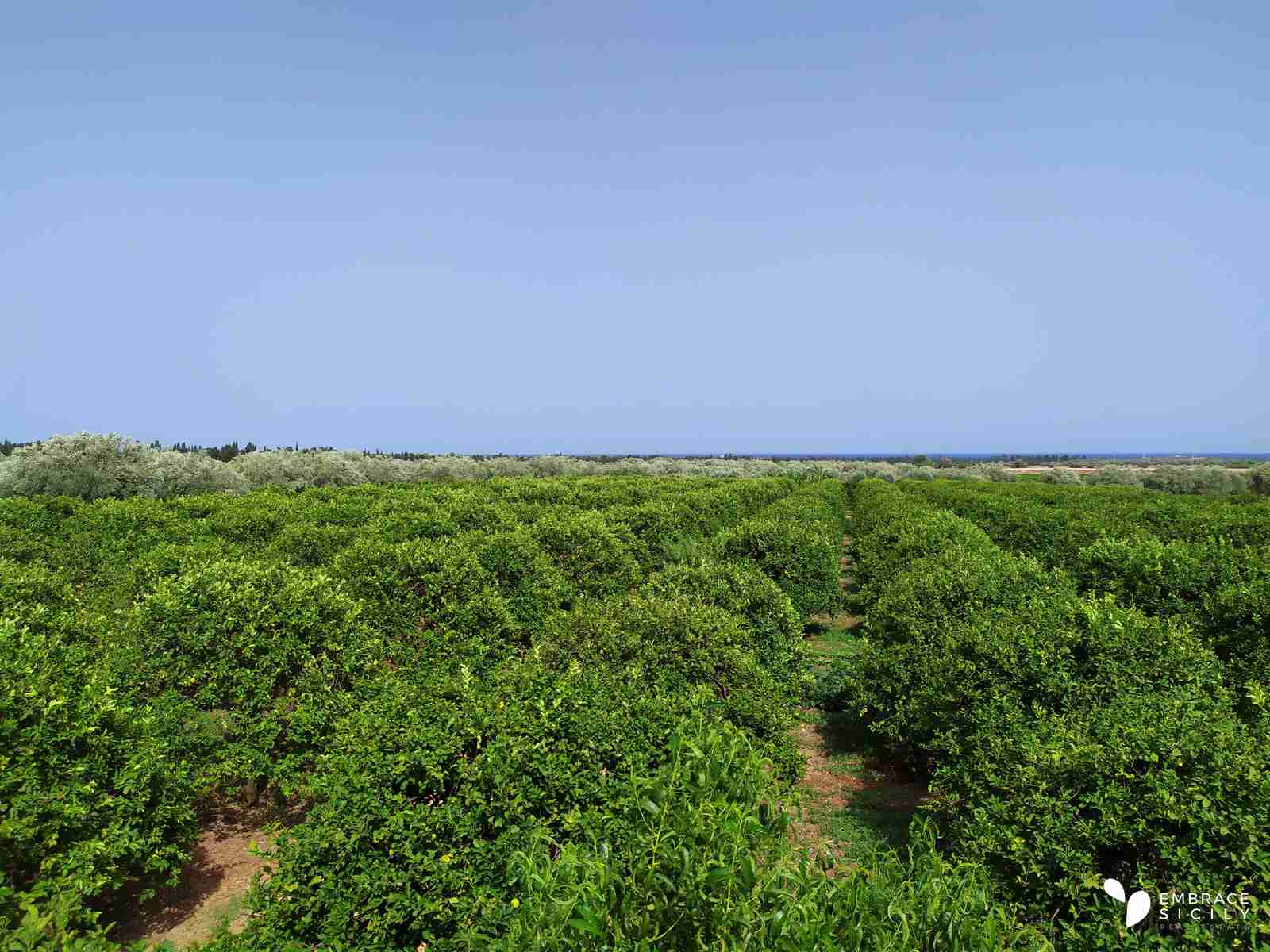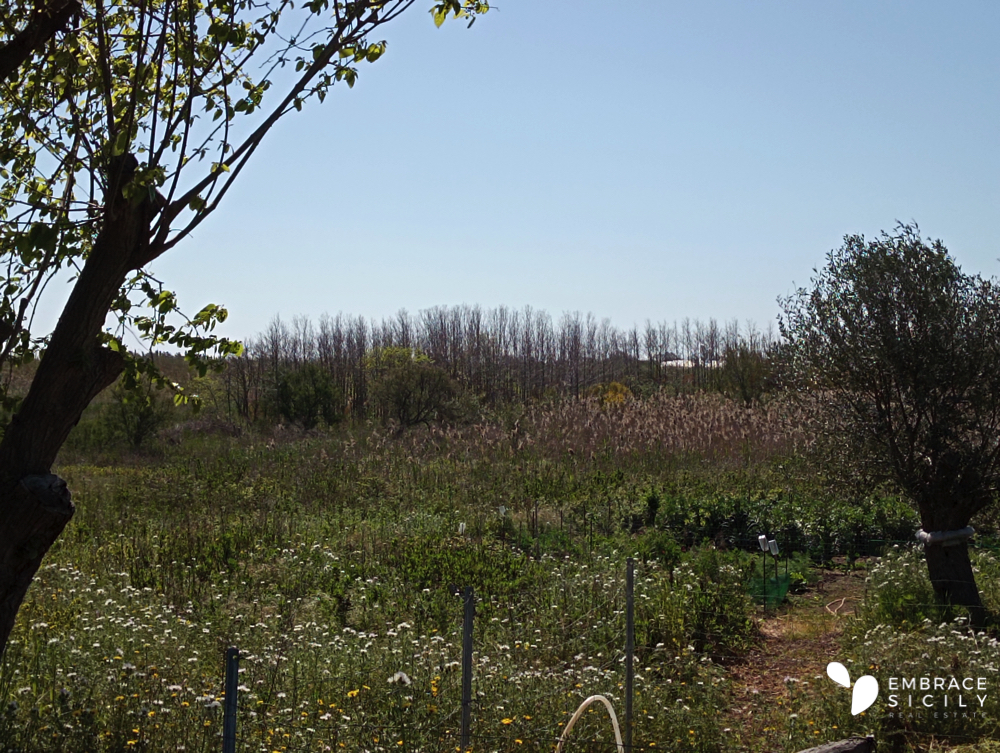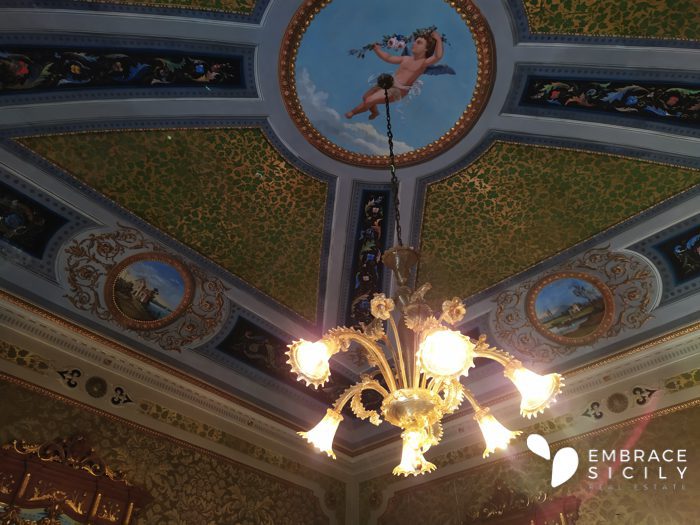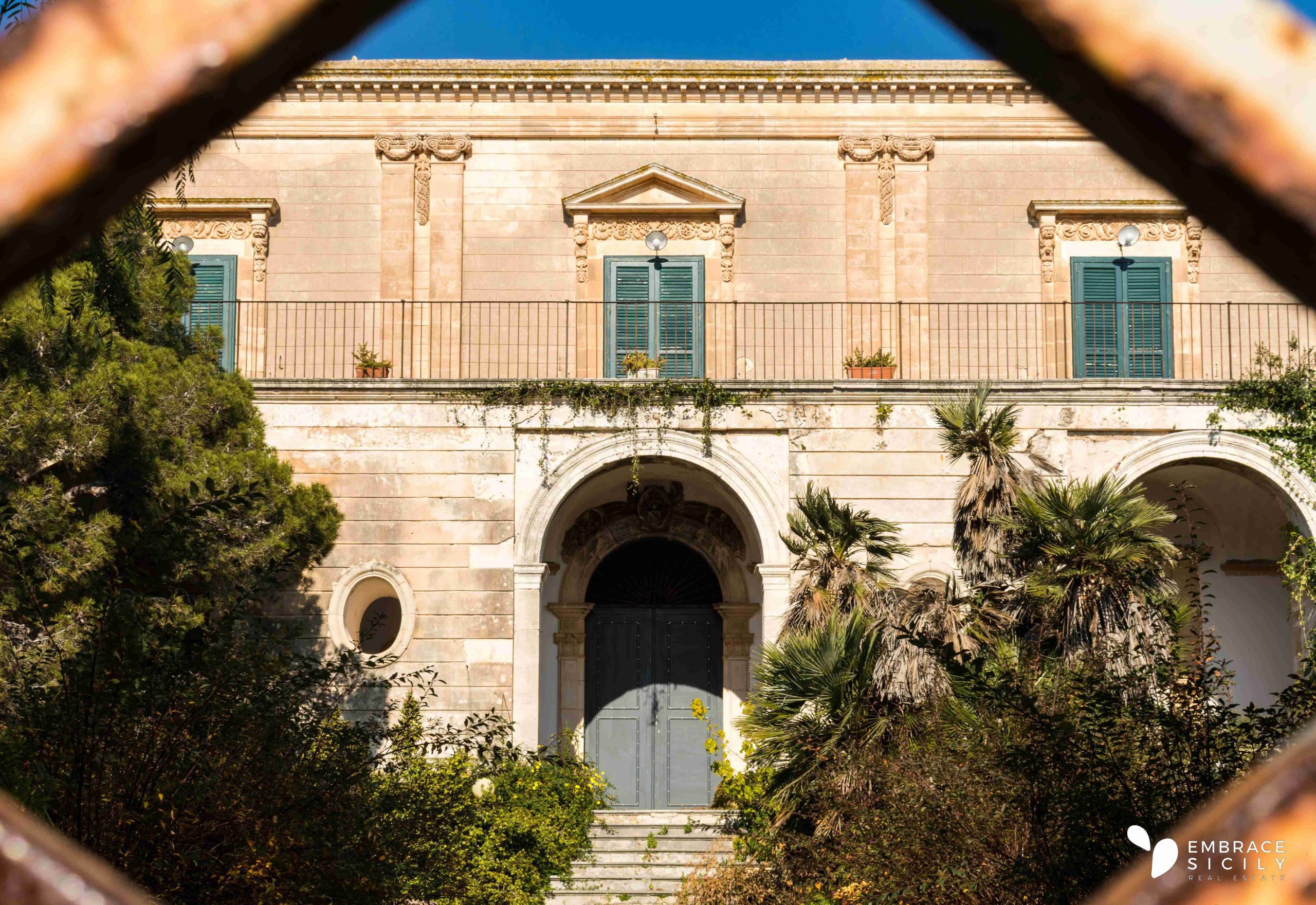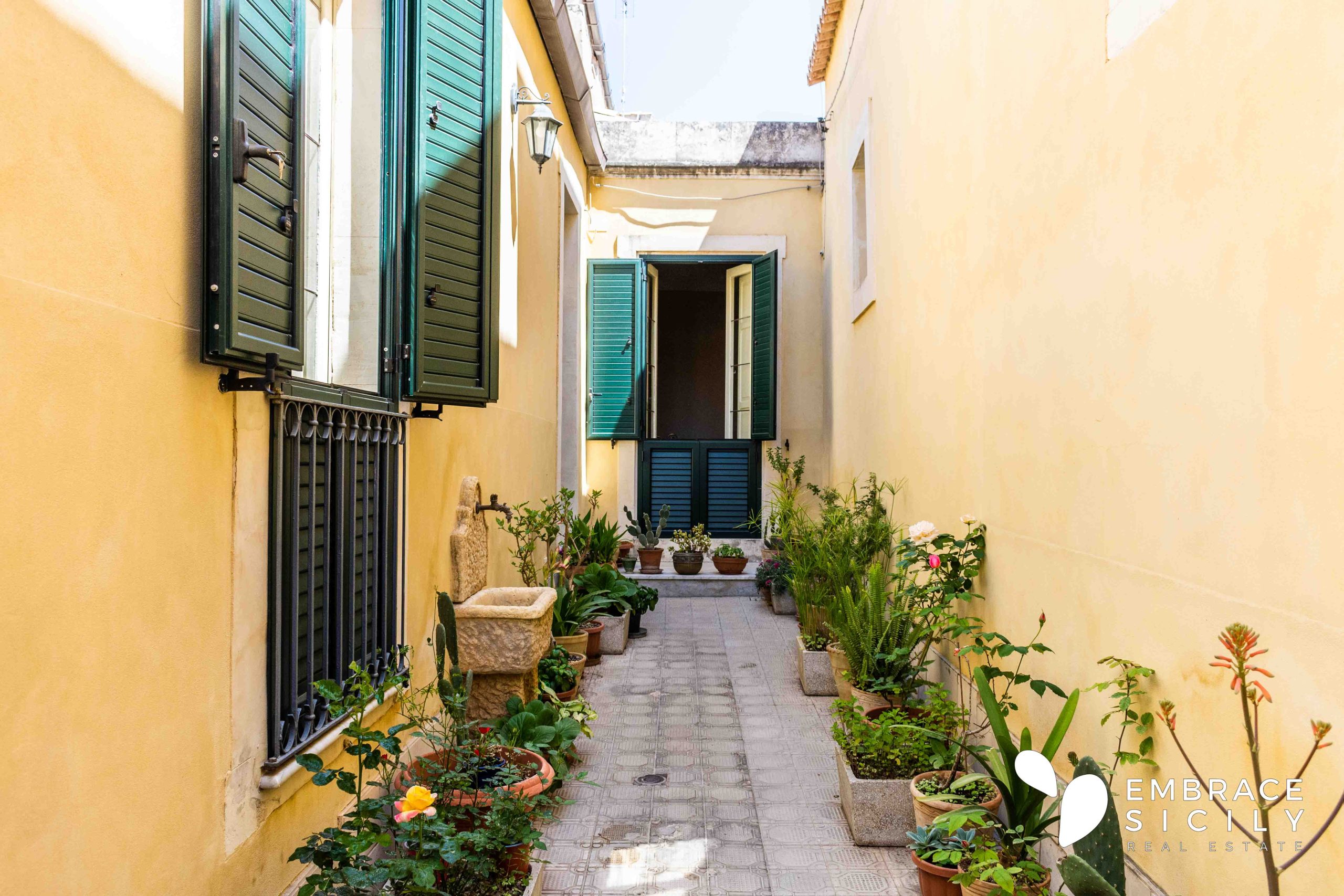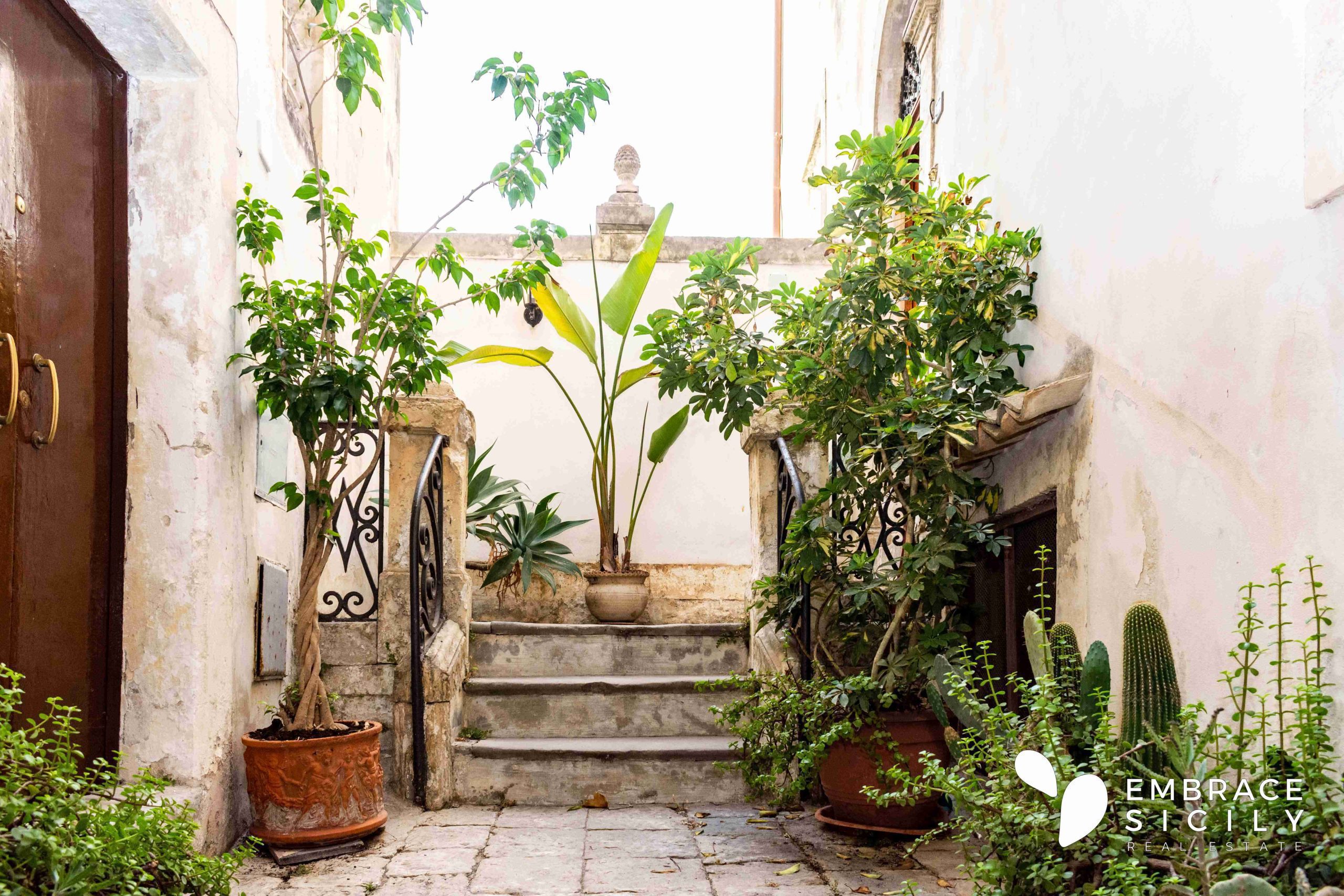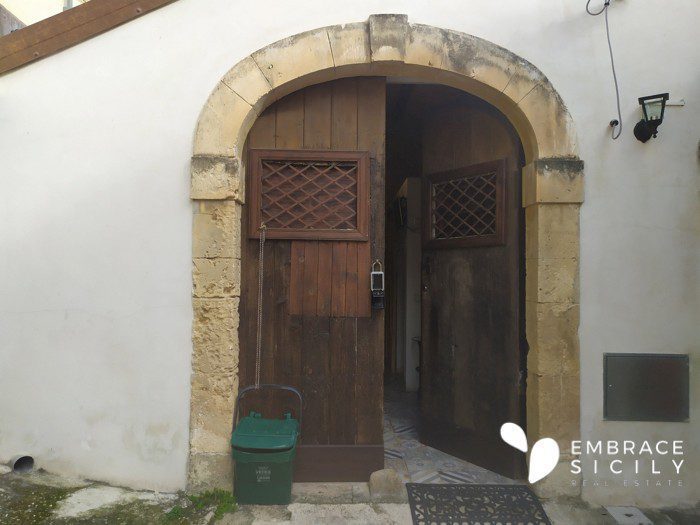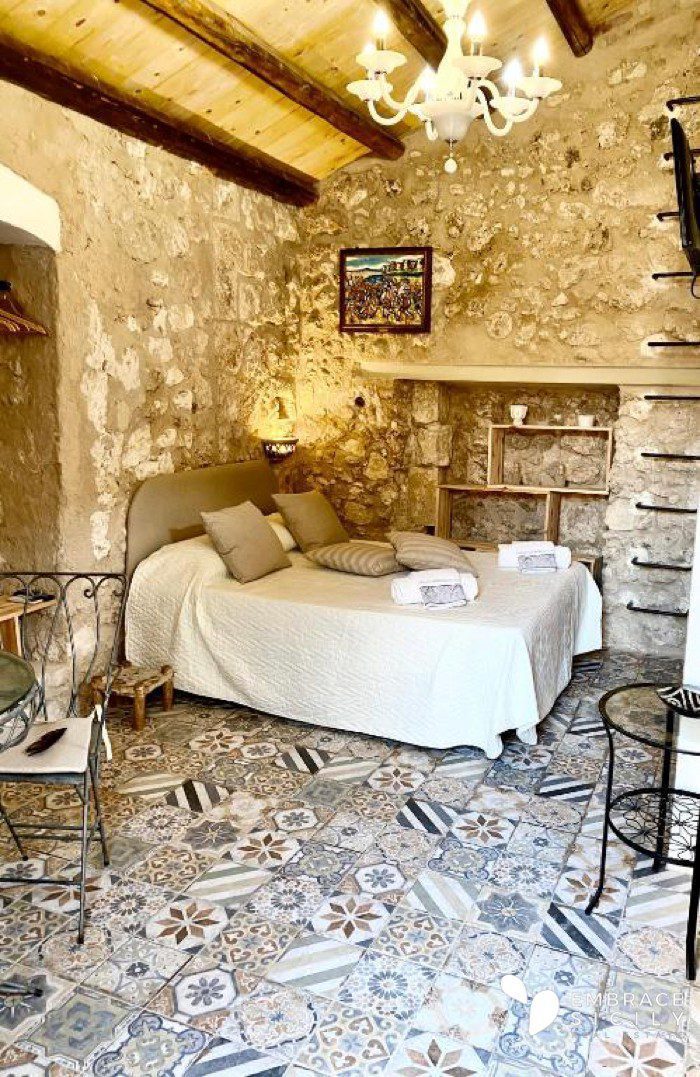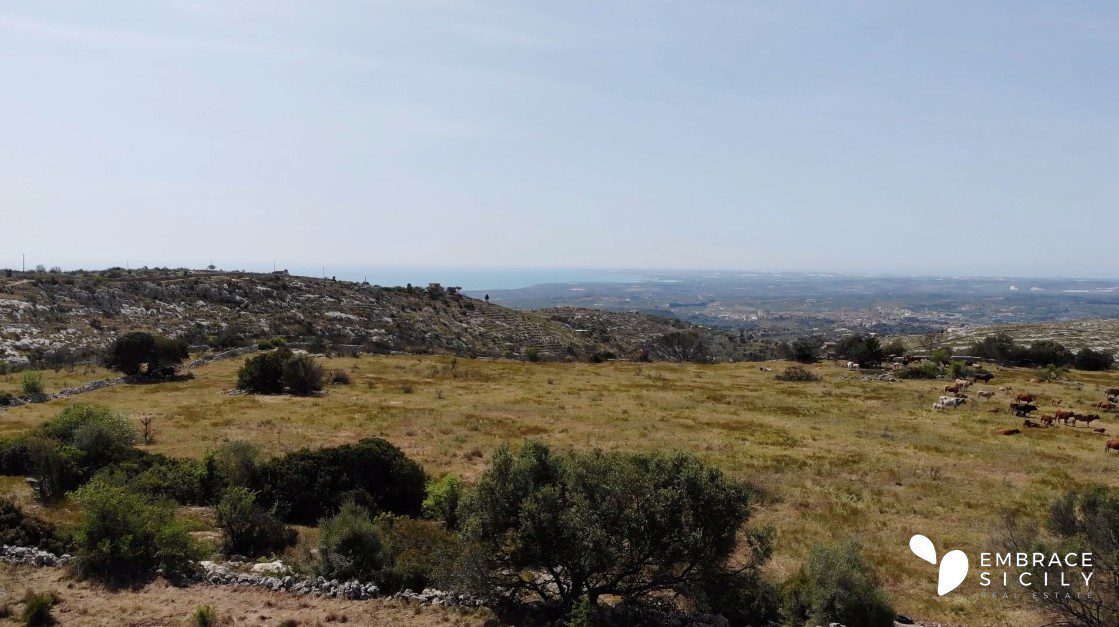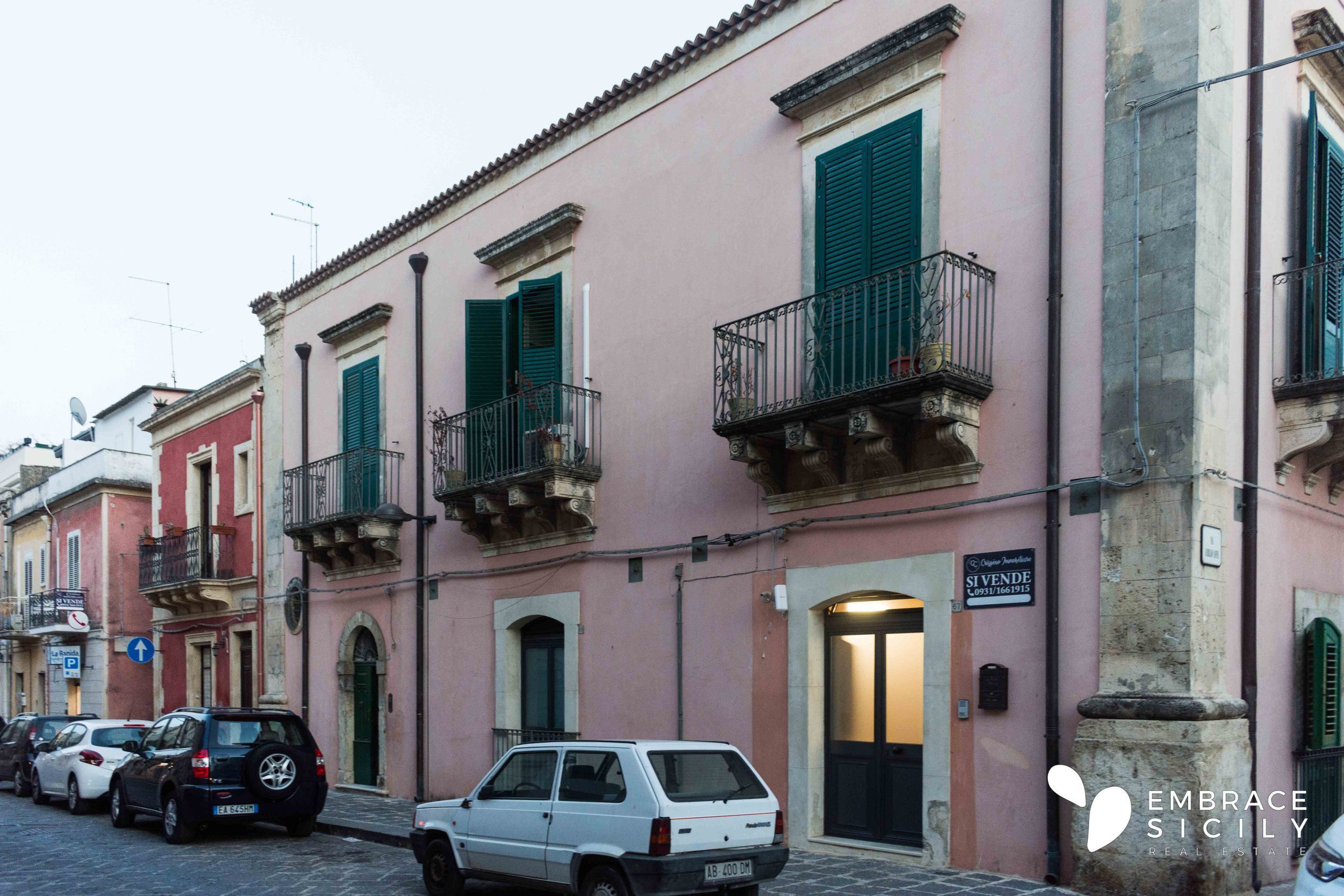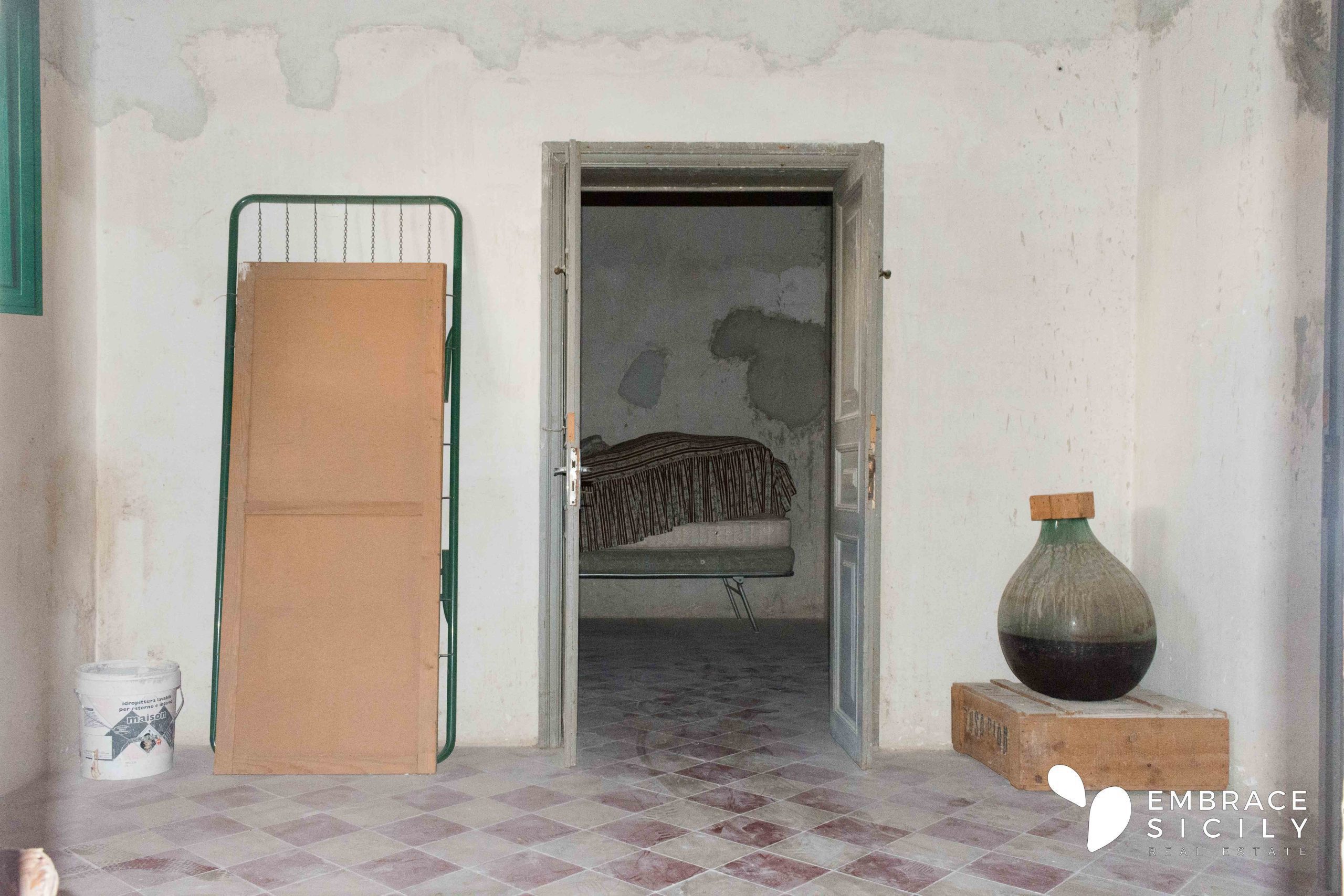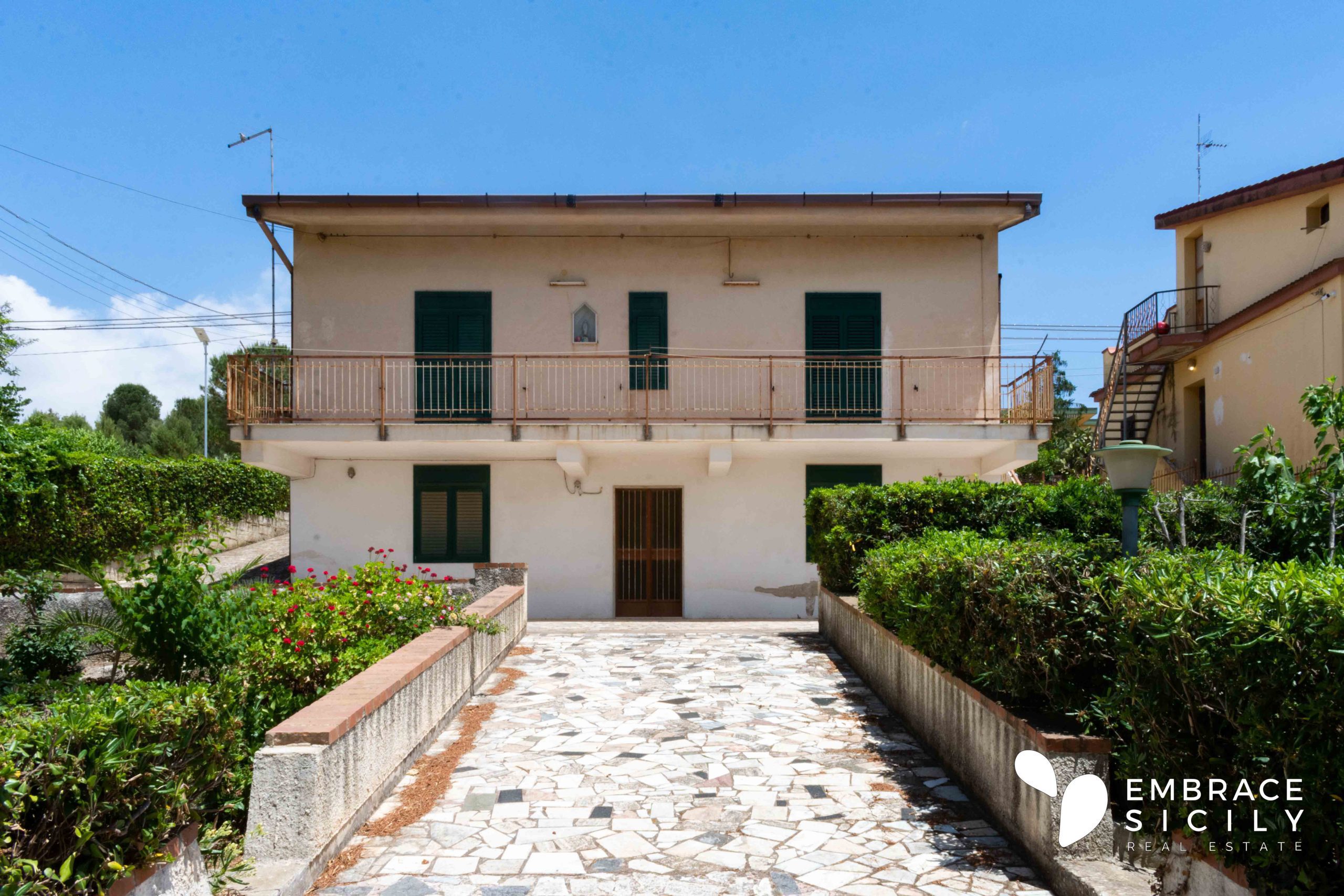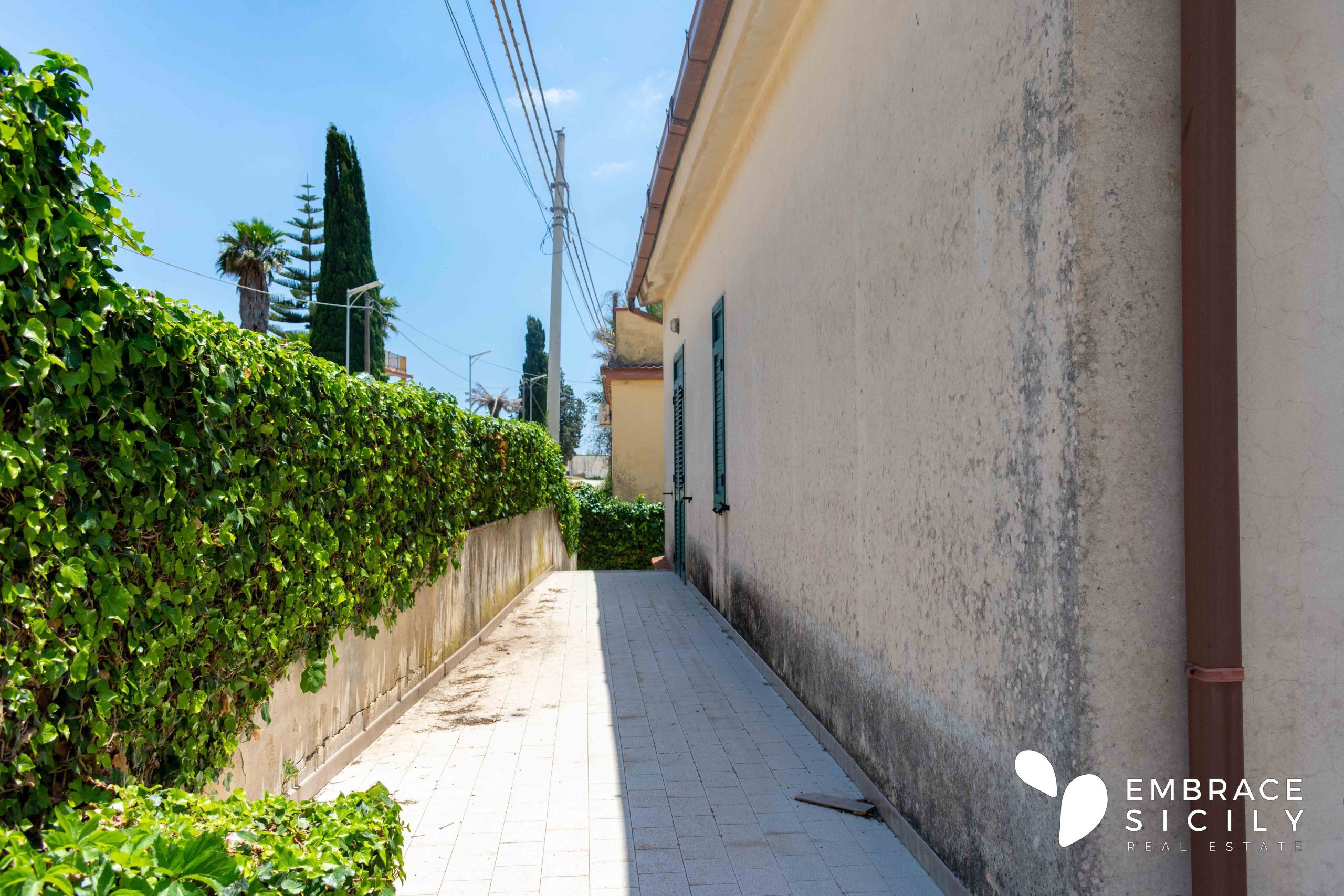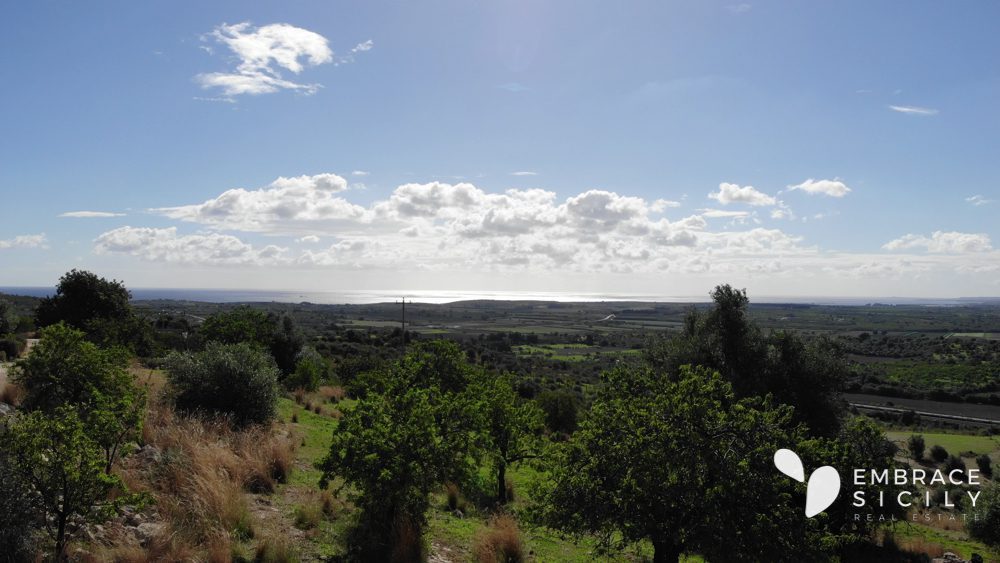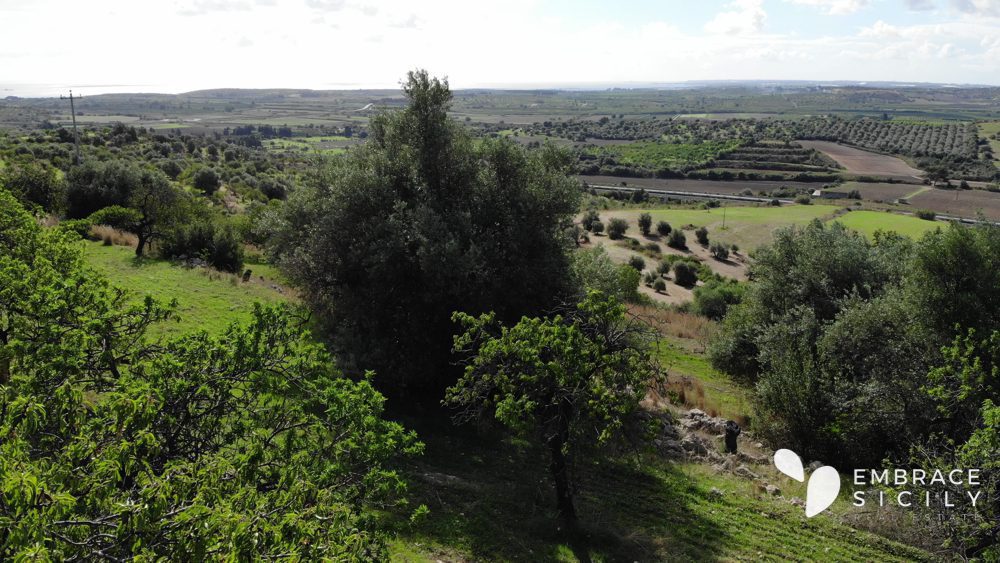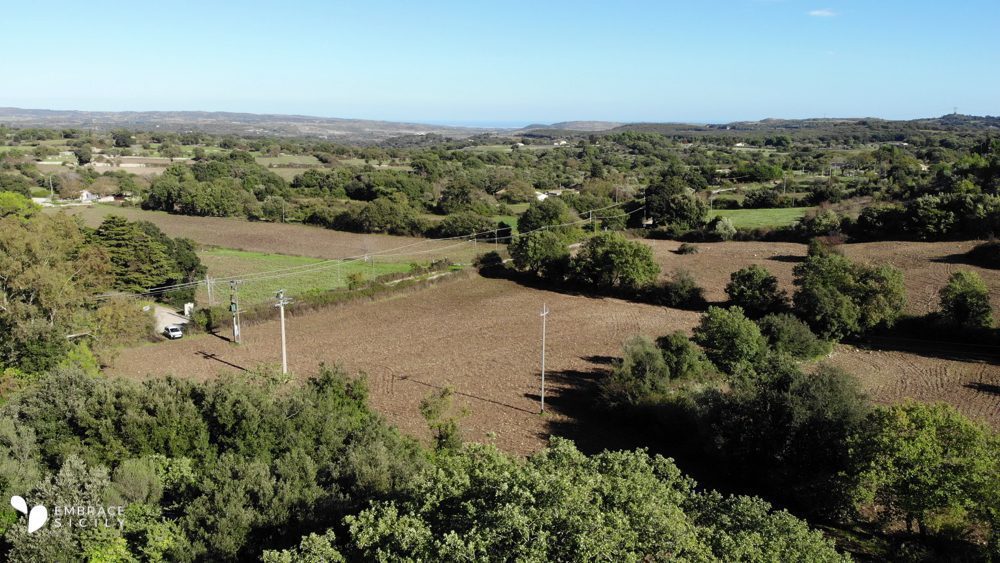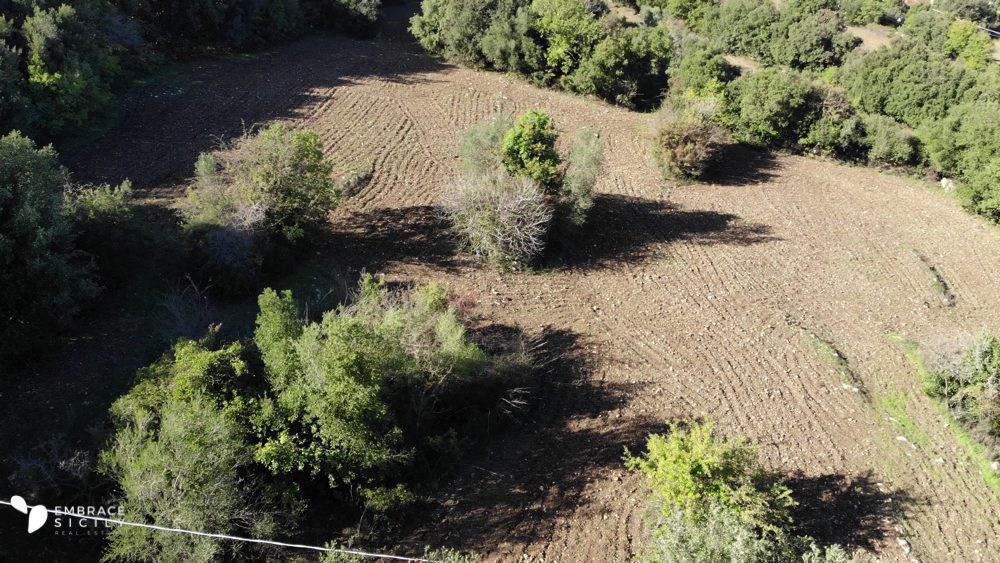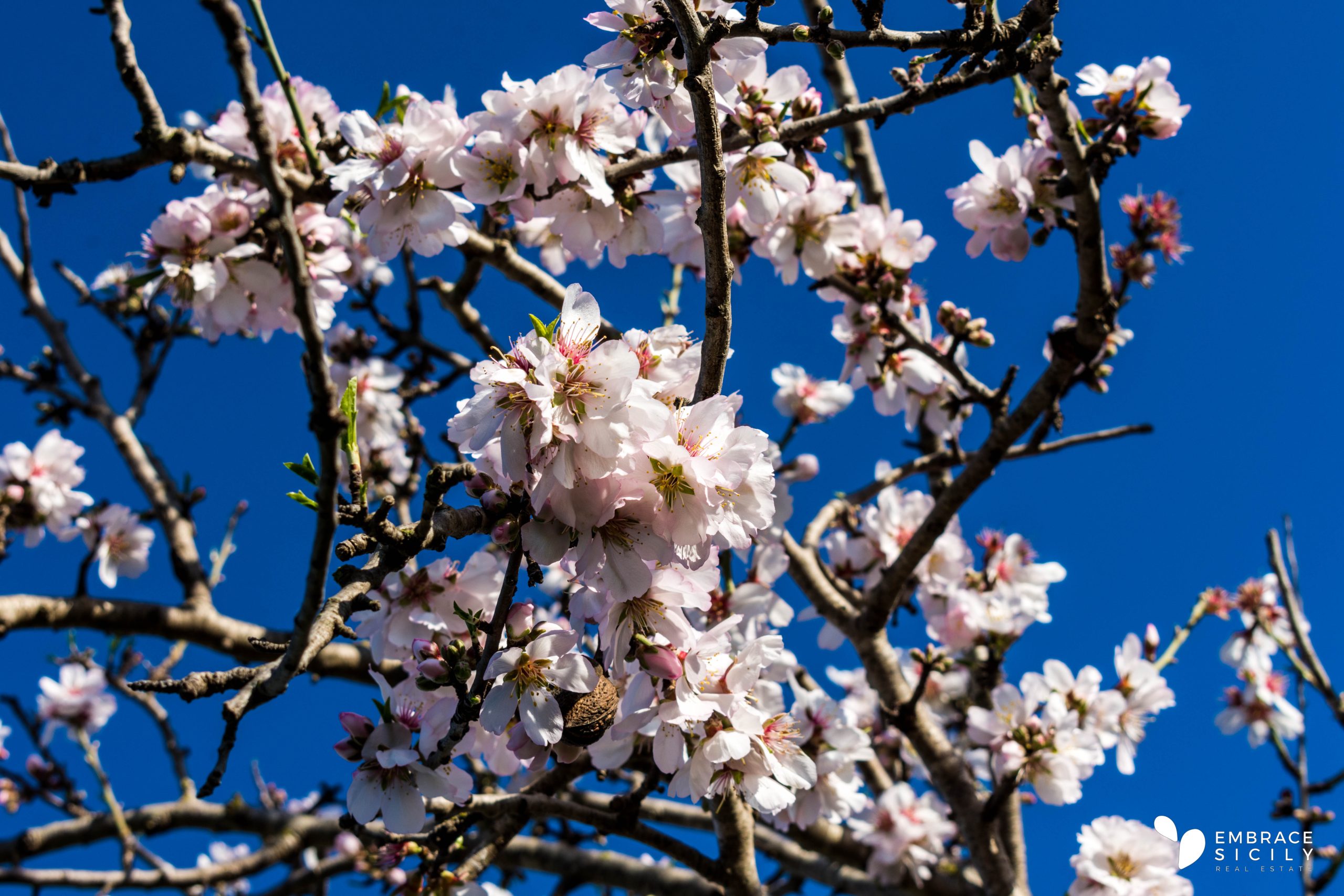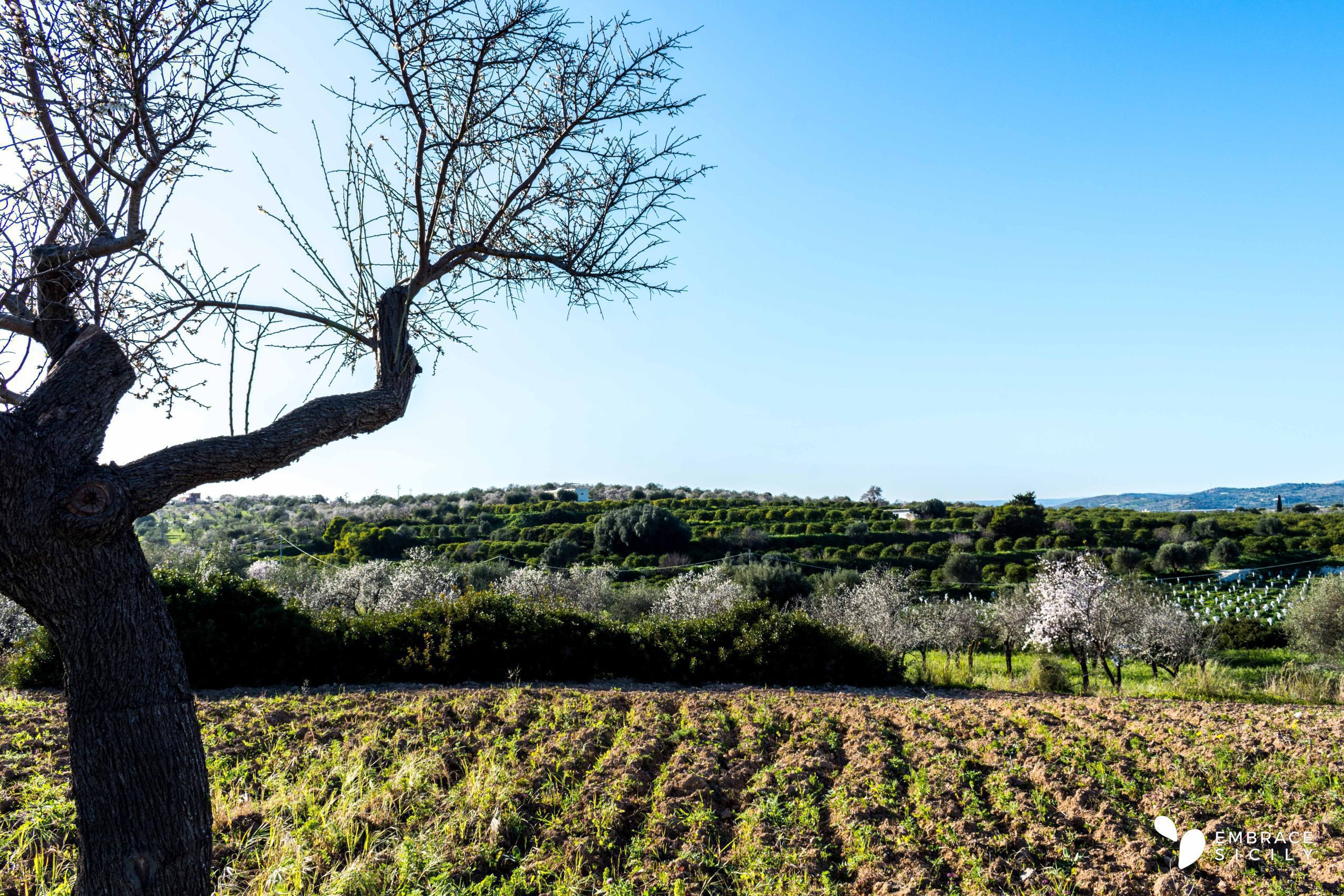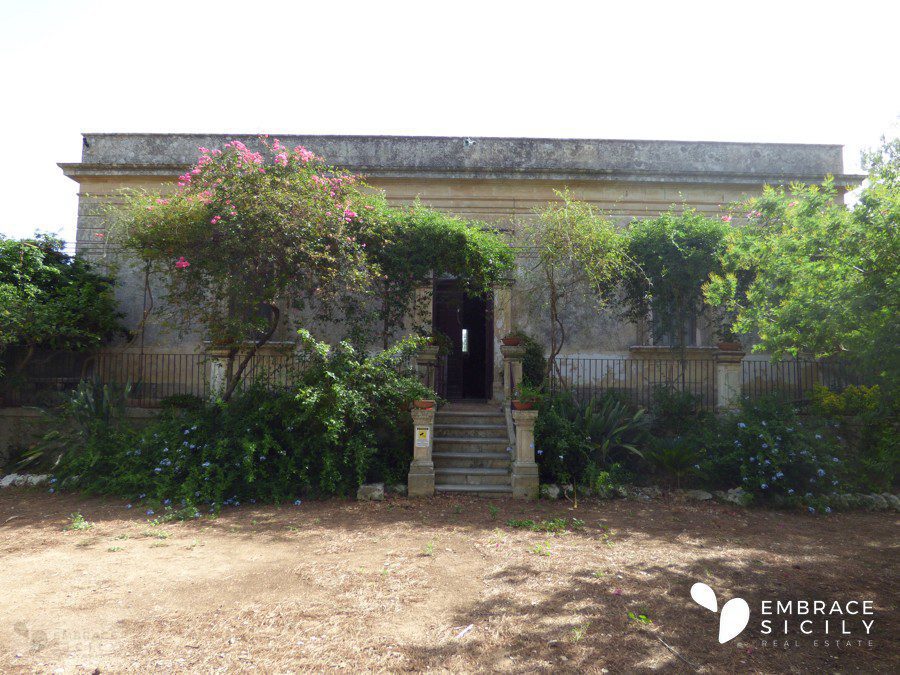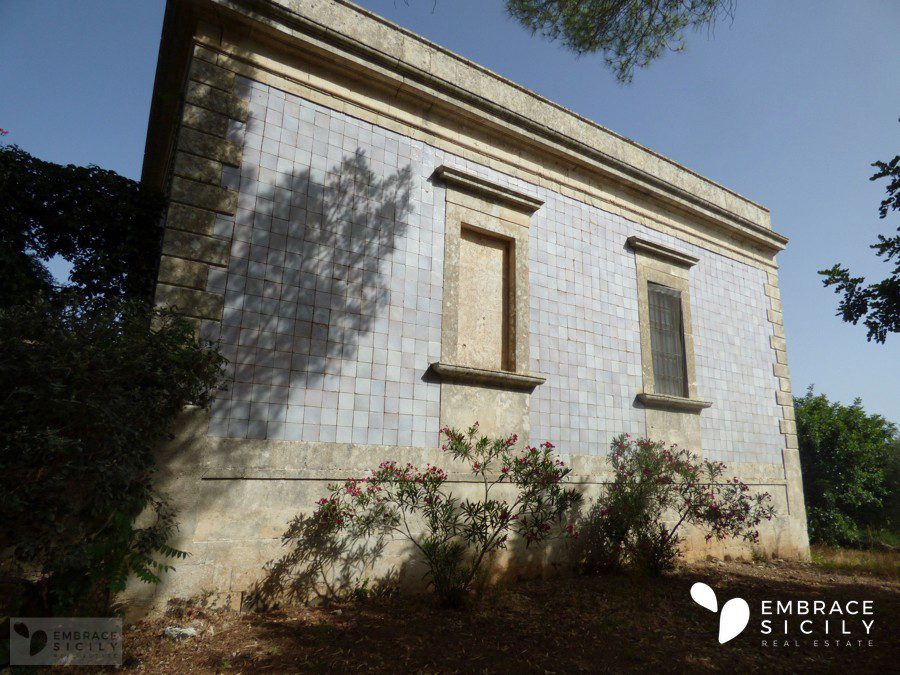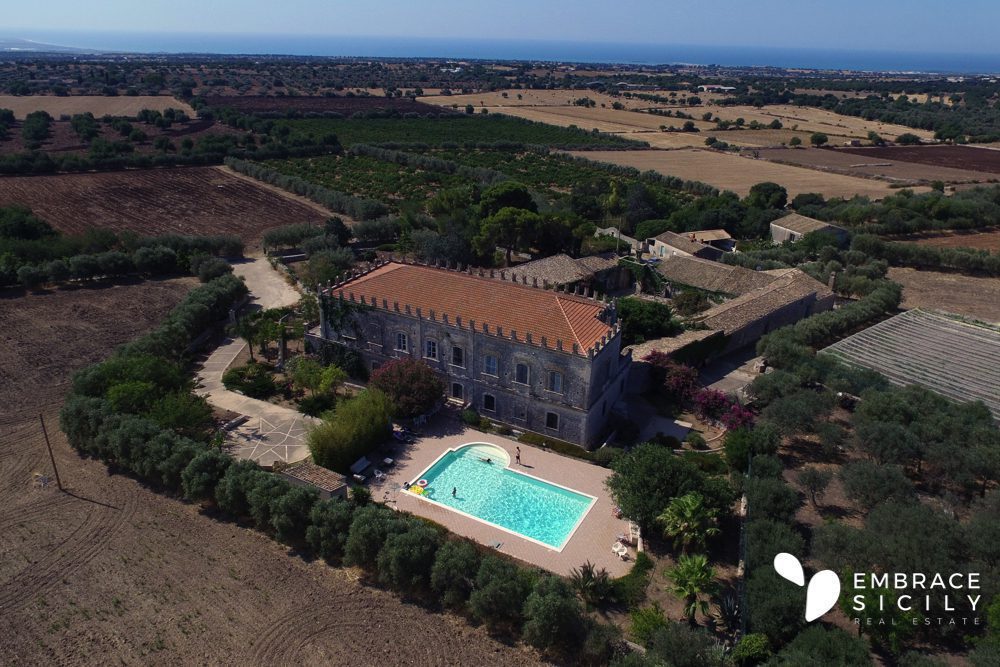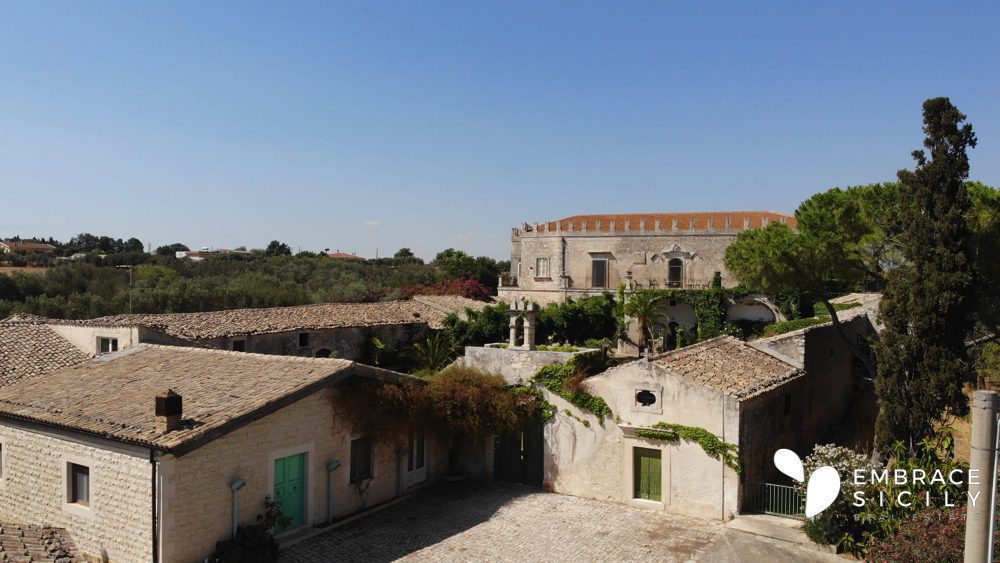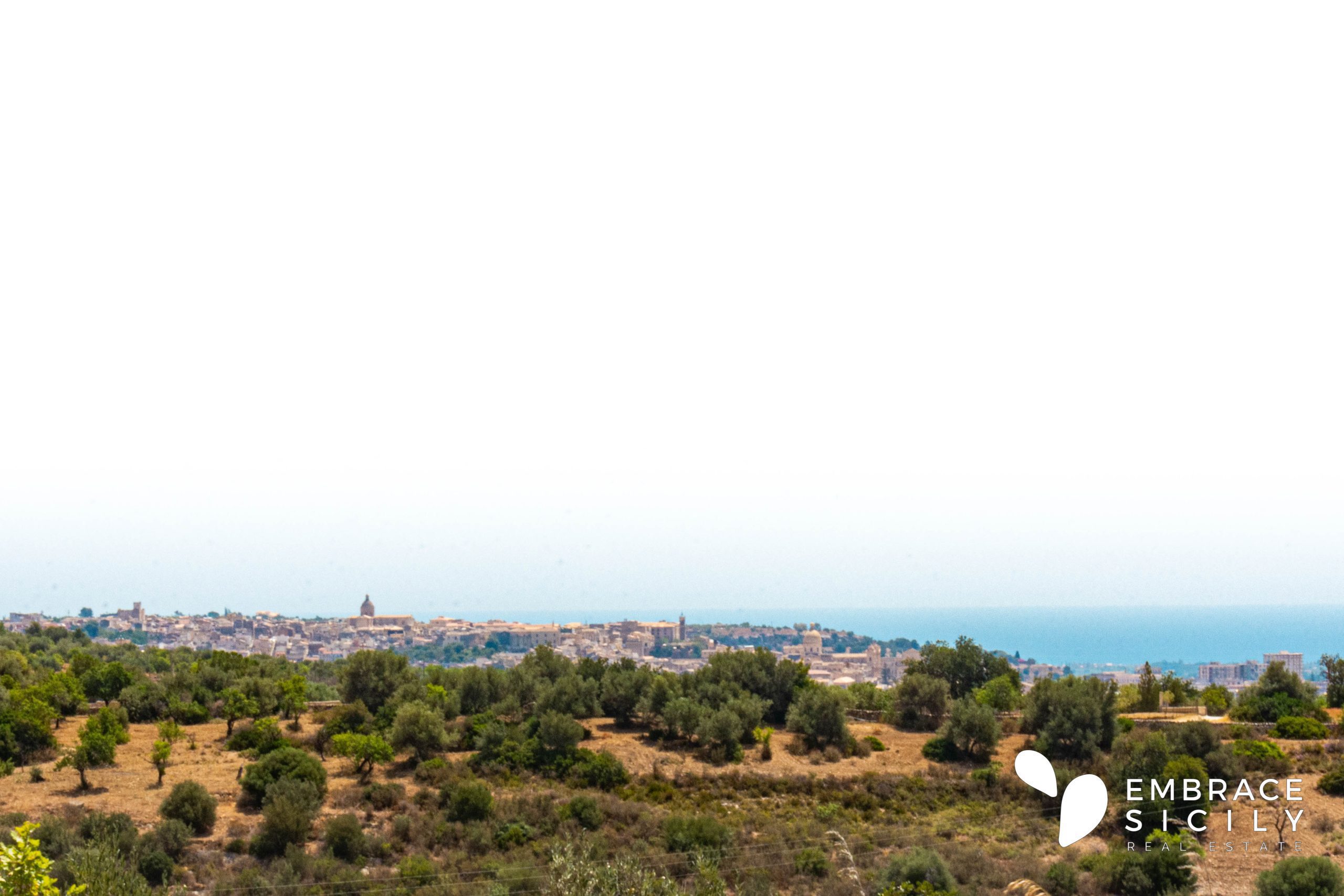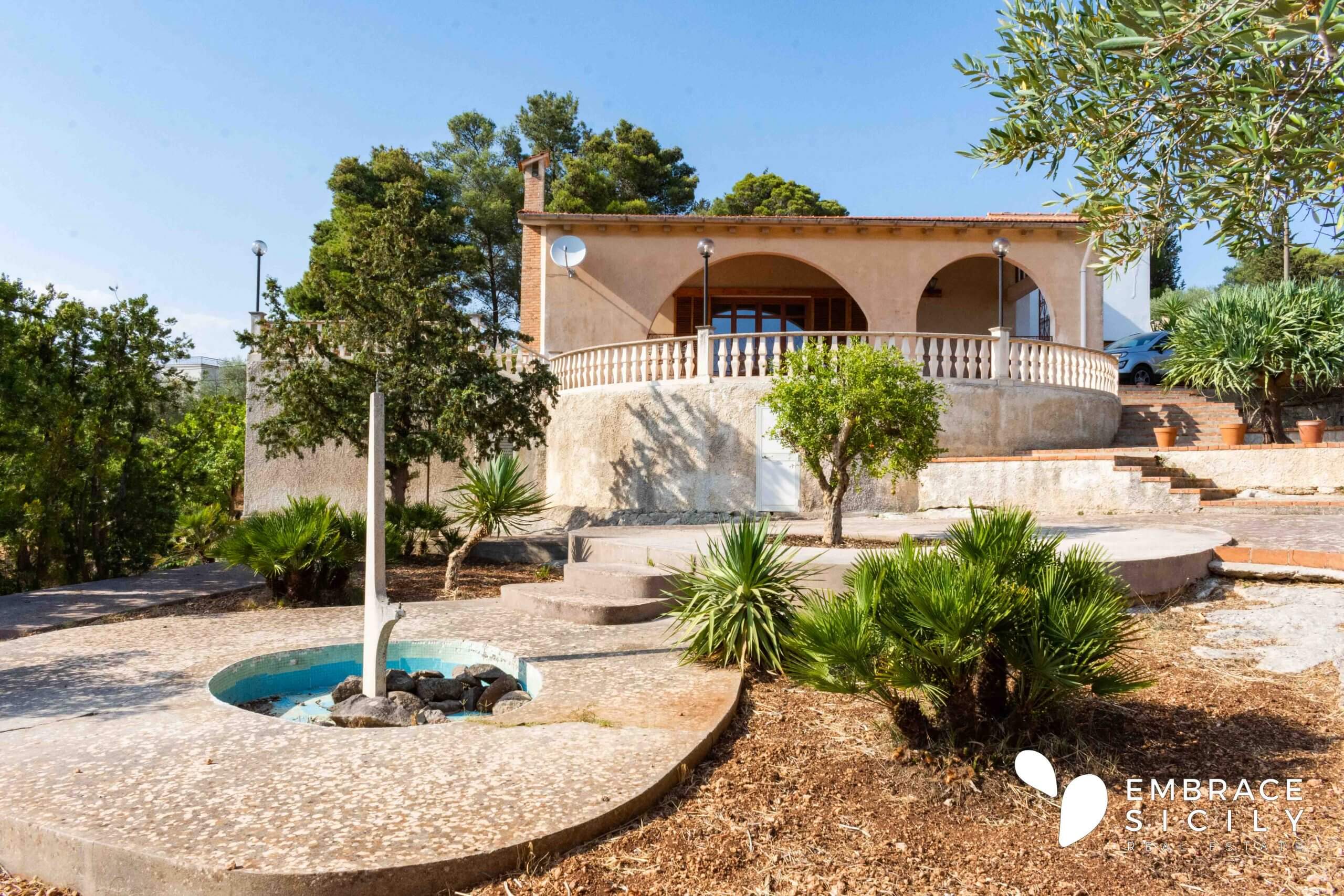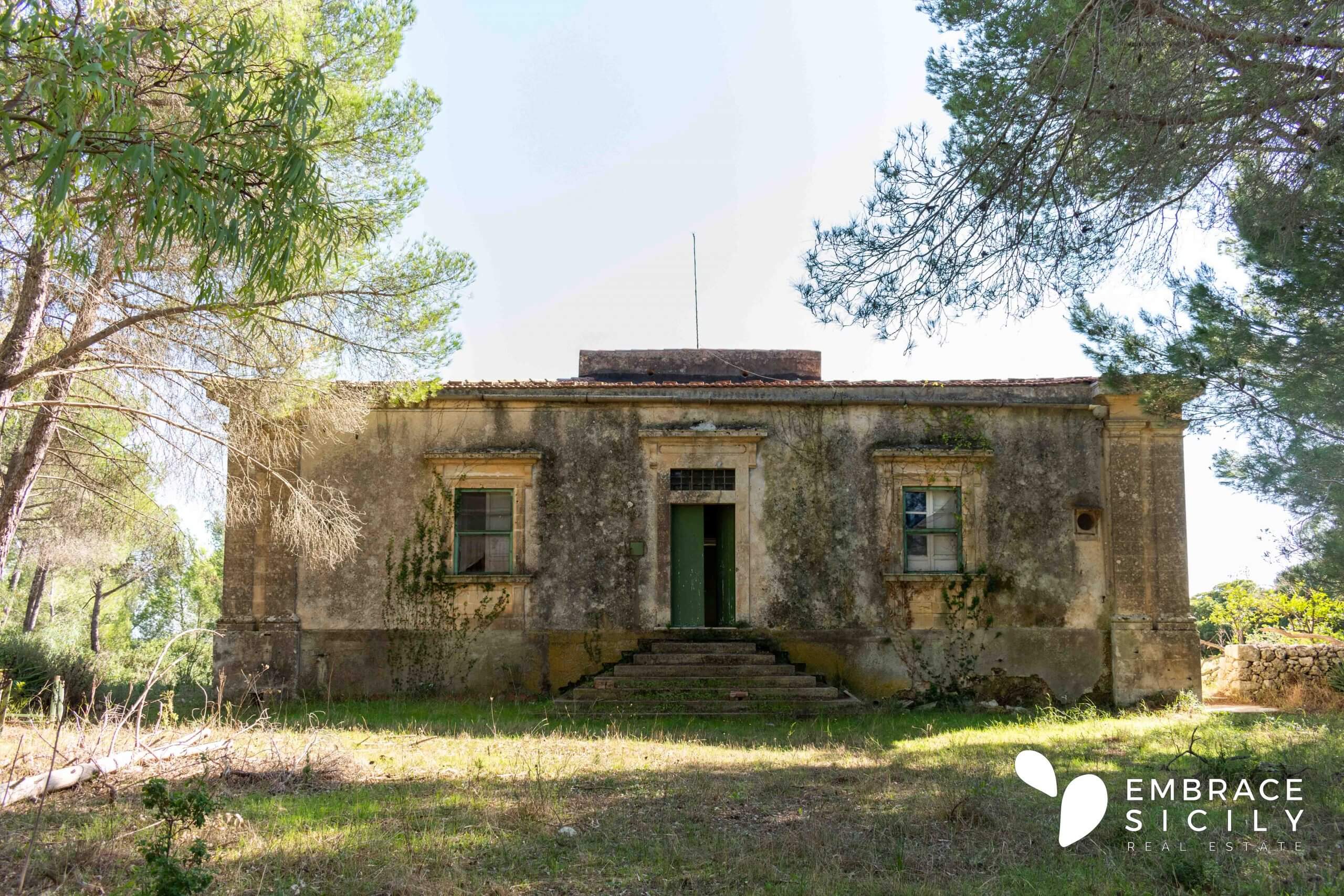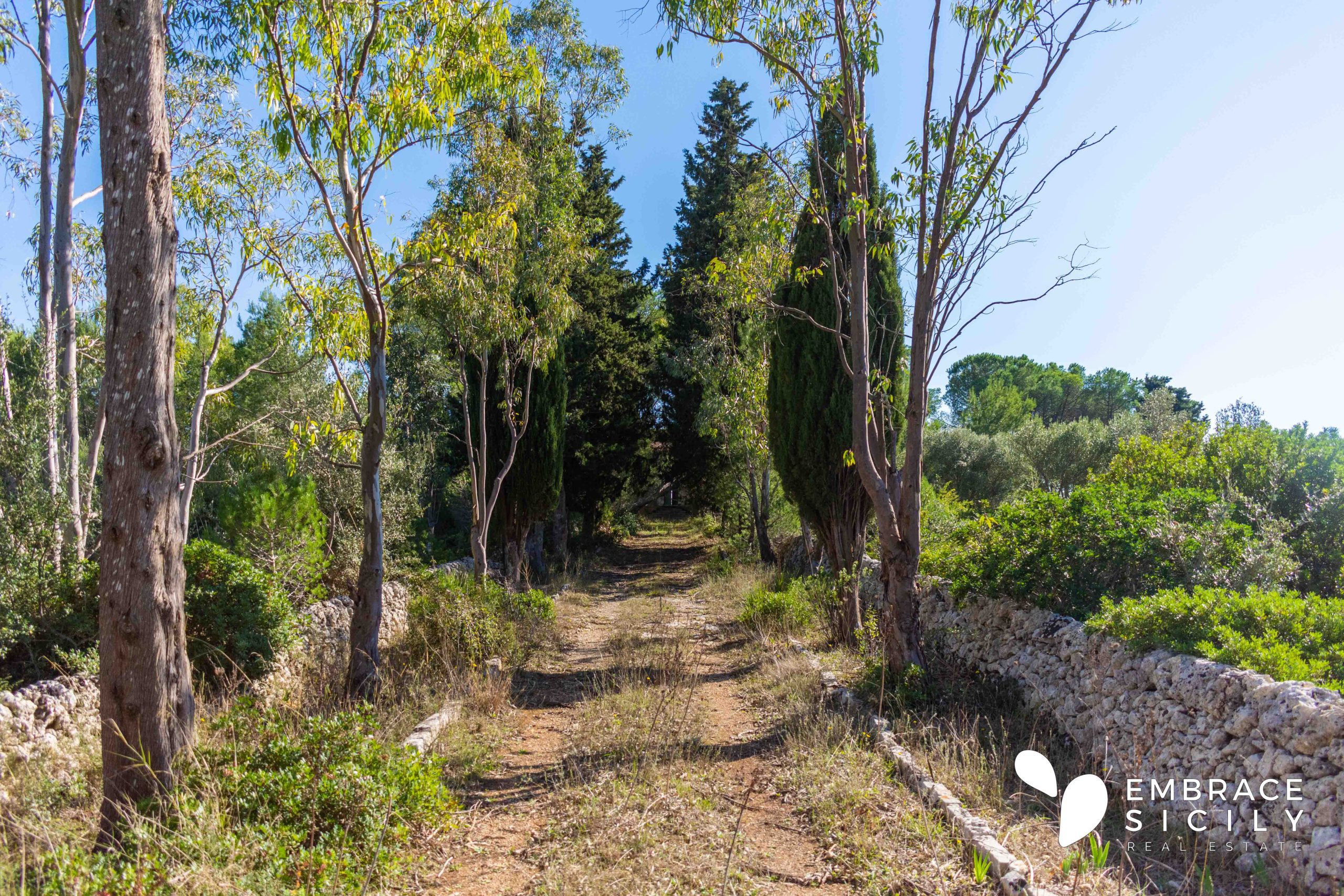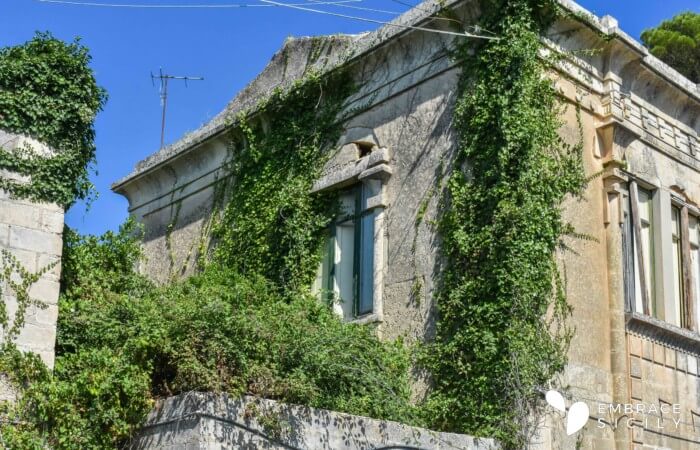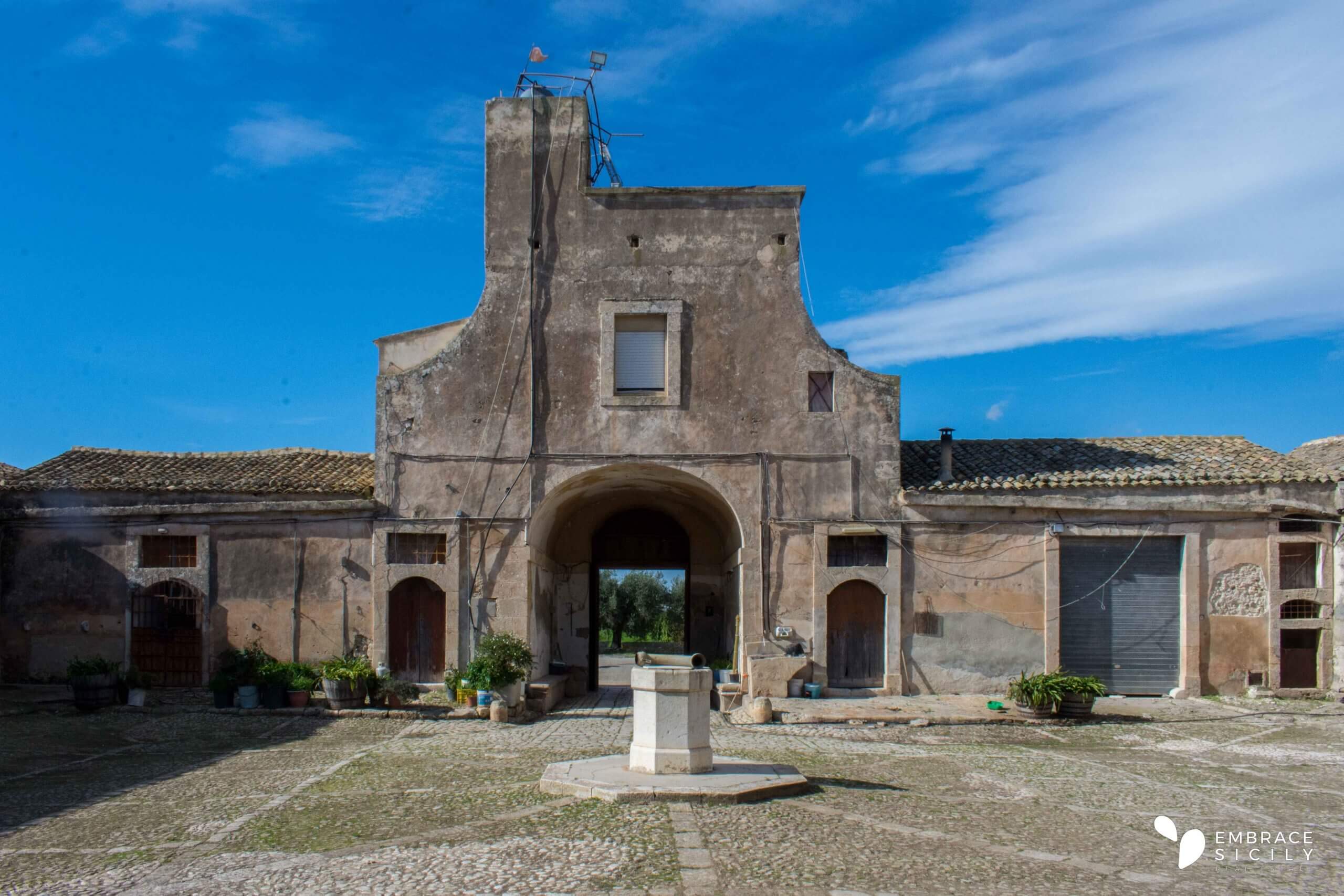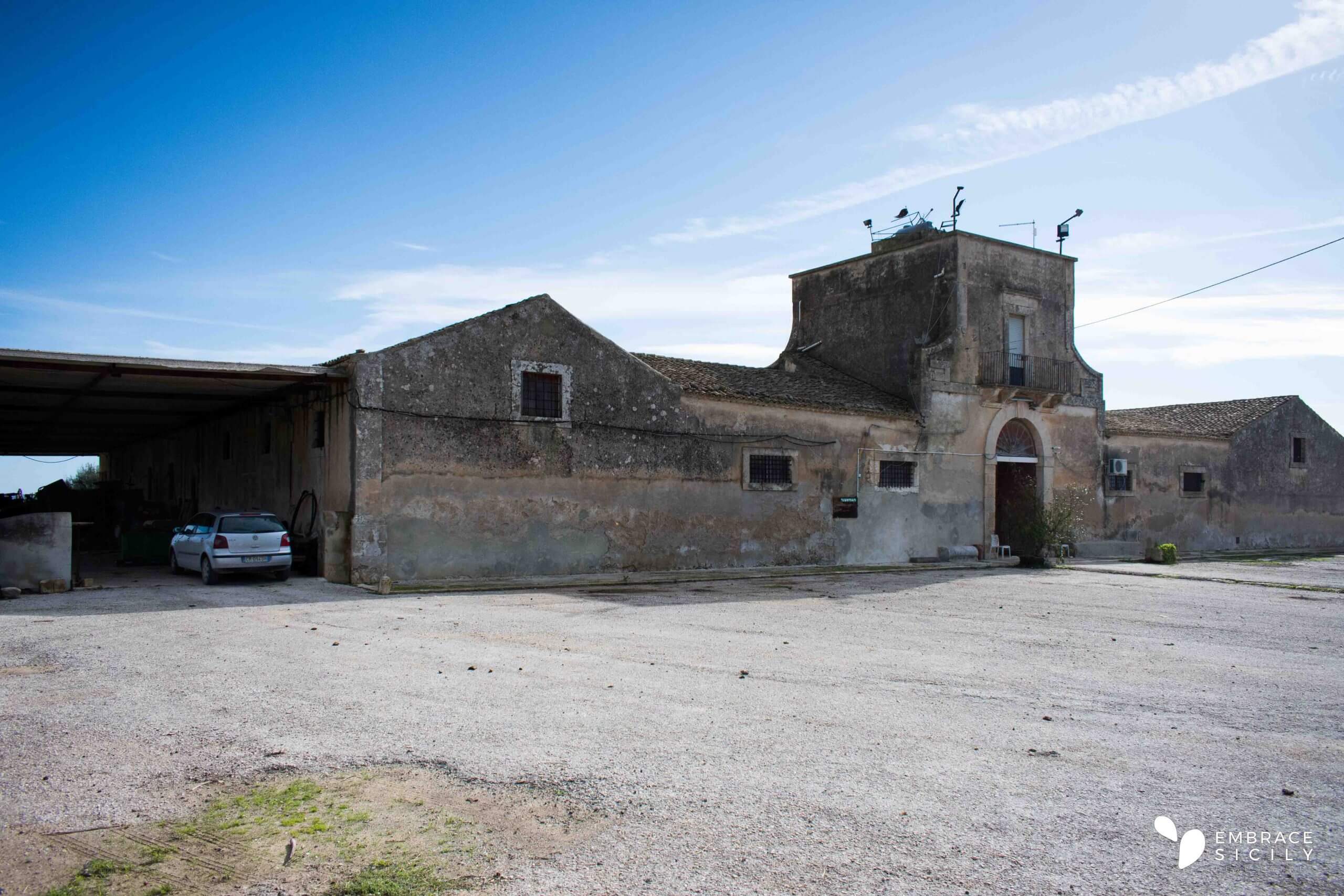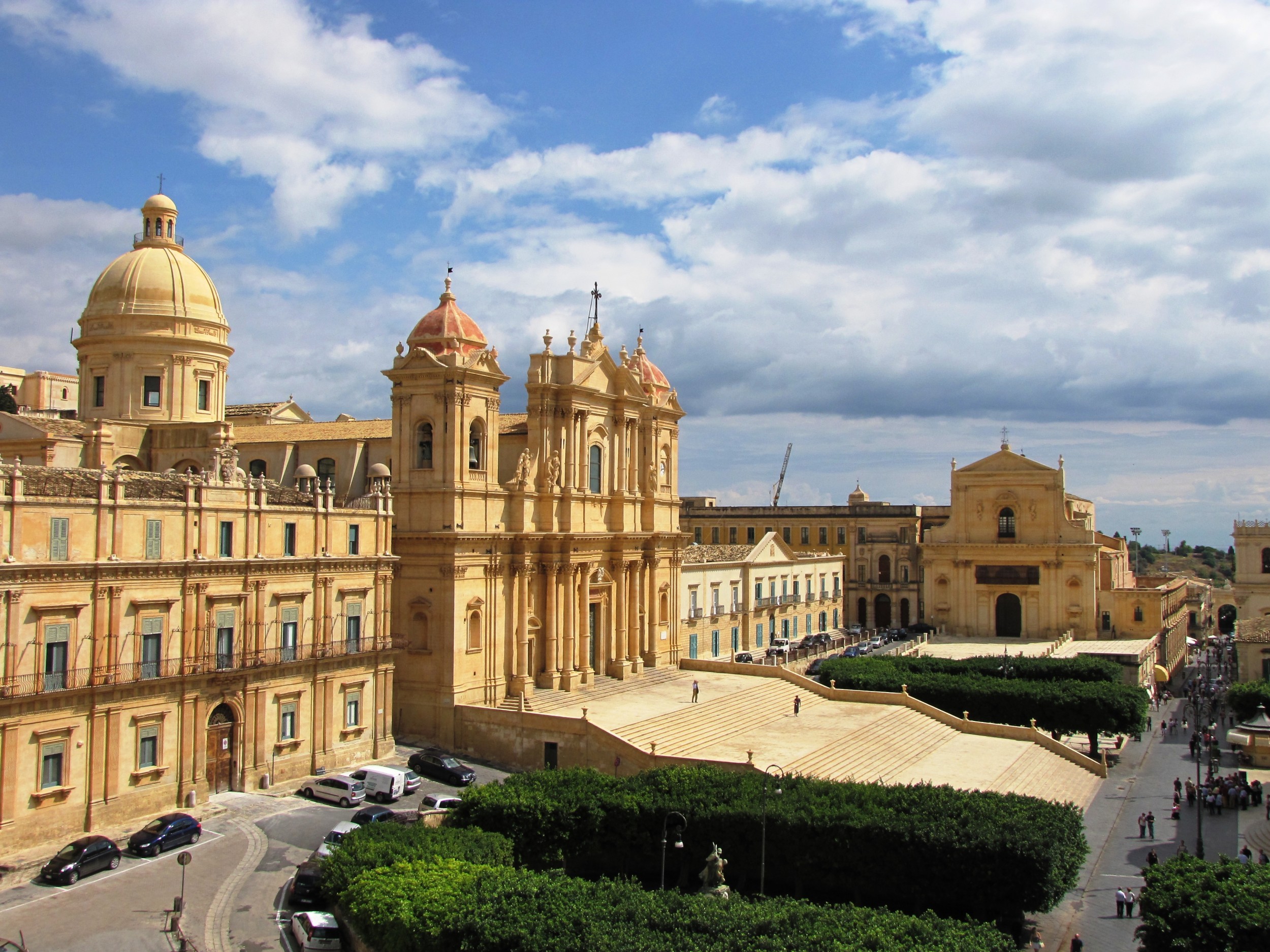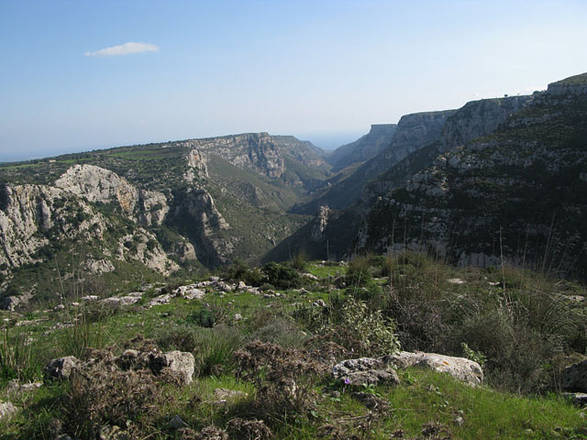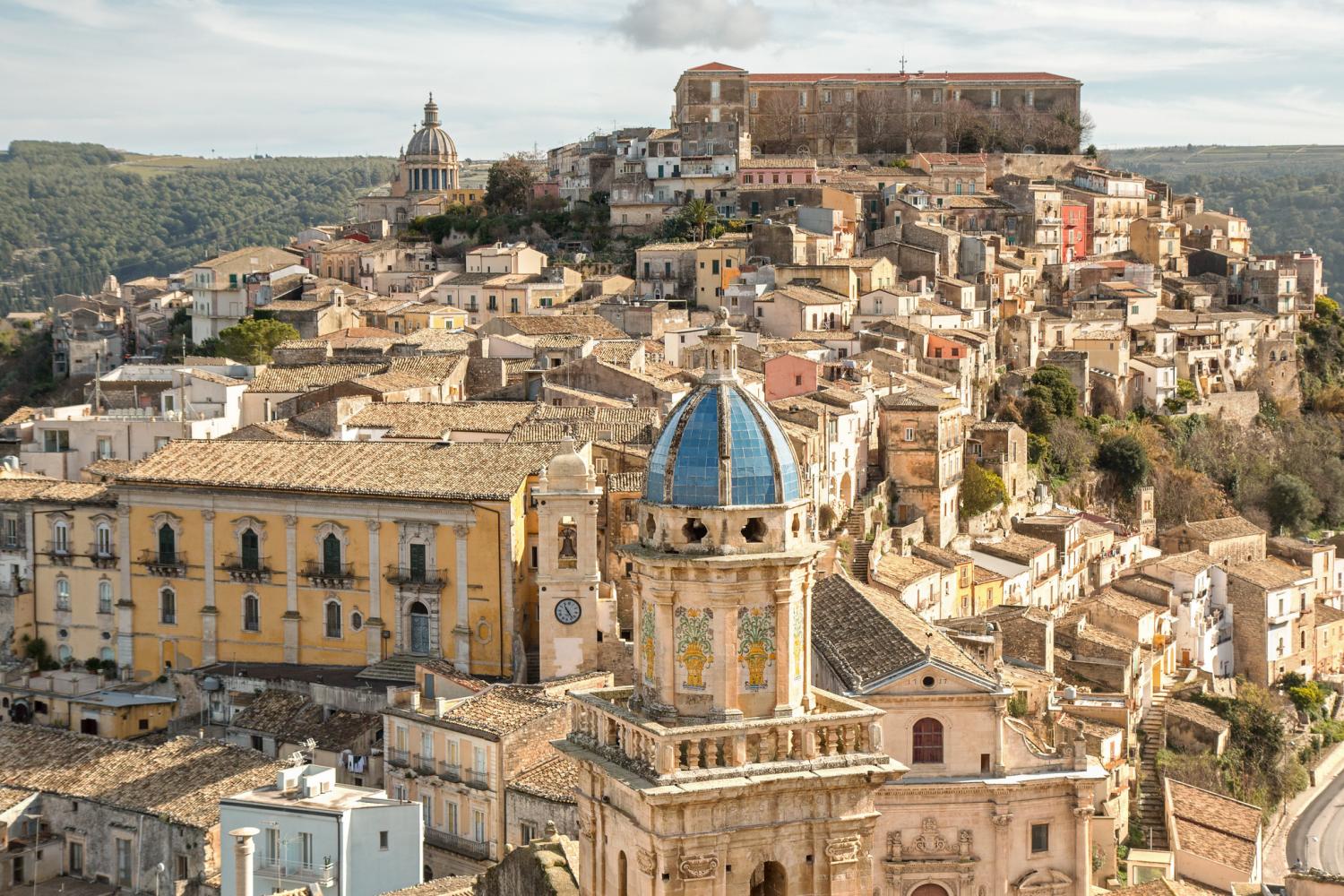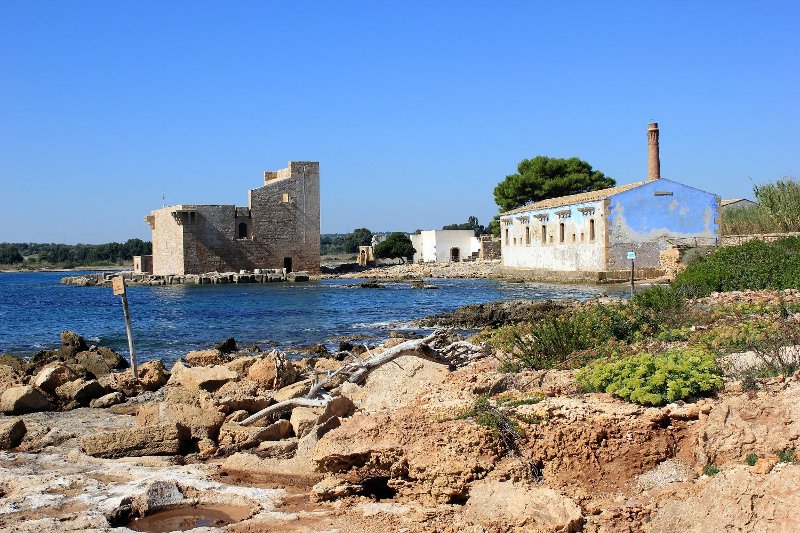Established in 1984 by the then Minister of Agriculture Filippo Maria Pandolfi, the Vendicari Nature Reserve was created with the aim of safeguarding one of the most important ecosystems of the peninsula, which boasts, in the far southern area, a reserve of inestimable value, both from a purely natural and historical point of view.
The territory of the reserve, of almost 1500 hectares (3700 acres), is composed by an alternating mix of rocky and sandy coasts, where the Mediterranean scrub is the main feature. But the key element of this reserve is represented by the “Pantani” (Marshes). These aquatic basins with high salinity are the ideal habitat for many species of migratory birds that stop here during their journey from the African continent (just 350 km or 217 miles away in a straight line) to their nesting places in Europe. Species worthy of attention include storks, flamingos, mallards, and black-winged stilts.
The best month for bird watching is undoubtedly December.
Places of interest within the reserve
Nerve center of the Mediterranean, the Vendicari Nature Reserve was considered a “frontier land” and the scenery of a long history of human settlement.
The reserve begins with the archaeological site of the Hellenic city of Eloro (Heloros in Greek), whose foundation is placed around the eighth century B.C. as the first sub-colony of Syracuse.
The city overlooks a small promontory on the Ionian Sea between two of the most beautiful beaches on the coast: the “Pizzuta”, beach that takes its name from the funerary monument located not far from it, and the beach of “Eloro”, from where you can admire part of the ancient walls of the city and a small amphitheater. Going further south, near the naturist beach of “Marianelli”, we find “Latomie”, which were at the same times limestone quarries and a small necropolis.
Byzantine site
The Hellenic culture is not the only evidence of history in the reserve. In the southern area, we can find the Byzantine site of the Maccari’s Citadel with its “Trigona”(still in good condition), a Byzantine chapel that, like the typical architecture of the period, has a square plan with three apses and an opening facing east with the purpose of capturing the first beams of spring moon that mark the beginning the Easter season.
The Tonnara and The Swabian Tower
Near the Roveto Marsh, the largest in size (1.24 square kilometers or 0.8 square miles), we find two of the most beautiful and visited buildings in the reserve: The Swabian Tower, a fortified construction built at the behest of the Duke of Noto Pietro di Trastàmara, brother of the King of Spain and Sicily Alfonso V of Aragon, with the purpose of signaling and preventing raids by pirates and possible enemies in the countryside of the adjacent areas; and the Tonnara of Vendicari, built in the 18th century and remained operational (although on and off) until the end of World War II. These buildings have undergone recent restorations aimed at preserving their beauty.
The reserve of Vendicari, thanks to its natural and historical beauty, is one of the Must-See of Sicily. With an ever-increasing influx of tourists, the reserve enriches the already vast cultural offer of the city of Noto, an exquisite example of late Baroque art.
OUR SUGGESTIONS
Watch our videos
Blog
EXPLORE THE AREA
Didn’t find what you were looking for?
